
Badnage, Portway, Upper Lyde, Pipe-cum-Lyde, Munstone
Introduction.....
After one of my longer trips on 25th July, it seemed as if another longer trip could happen within a week. It wasn’t to be. By the weekend I was fighting a gout attack and I would need at least another week to recover. However, on 8th August with only residual pain left I needed to put in a banker before attempting anything more serious. One consolation is that the weather has been unsettled over the last week or so anyway so I must be watchful today.
As a pre-lunch endeavour I selected another historic landmark. Although just a couple of miles away, I could pad it out by following the River Wye using cycle tracks and minor roads. I finally arrived at Rotherwas Chapel; a Tudor building known to be used by the Bodenham family who owned land in the area probably until the MOD took it over in WW1. During weekdays a key can be collected at the Herefordshire Archive and Records Centre, Fir Tree Lane, Rotherwas, Hereford HR2 6LA for free visits.
I used a more direct route back home but had certainly travelled more than I intended. So far so good!
Tour #3
Departure for Tour..... With weather set fair for the rest of the week, I have no more excuses for delay and begin preparations for a longer trip. Wednesday 11th is pleasantly cool with just a slight chance of rain. The plan is to cover an area in the north-western sector out of the city to a distance of about 6 miles where I will find some interesting villages and some local history.
Using a similar route to that used on Tour #2, I find myself in Stretton Sugwas once more but here I plan to deviate. I note that from here the is a track heading due west, the route of an old Roman road but I’m not sure if it’s suitable for bikes. Initially there is no problem but at its western end it is narrow and overgrown, just single file for walkers. Well, it’s not a track I would recommend but I’m near to my first stop and avoided using busy roads.
Historic Kenchester..... Back onto tarmac, I head over to the village of Kenchester where there is some noteworthy history. As a young boy I was curious about an exhibit in the local museum. A full wall was devoted to a Roman tile mosaic which had been excavated at Kenchester. The site of a Roman town known as Magnis. However, moving further into Kenchester village there is something more tangible to see was discovered in the 17th century and many artifacts have since been removed for preservation. Unfortunately, as far as the site is concerned you have to use your imagination as there is precious little to see now.
St Michael’s Church in Old School Lane, Kenchester is tiny, part of the Diocese of Hereford. It is an outpost of Christianity which would not survive without a grant from the Diocese. I’m really glad it’s still here to bear witness to a long period of local history. It’s such an odd thing in life that this is an area within a few miles of where I spent my early years yet I’ve never been here before.
Discontinued..... Content with my endeavour in Kenchester, it’s back on the road and into Credenhill village where I cross the old railway bridge, now a relic of the past; the station here was closed in the 1960’s when the branch line to Brecon was axed as a result of the Beeching cuts.
Brinsop's Hidden Gem..... From Credenhill I head out along the A480 to my next destination. It sure is puzzling that this too has eluded me until the twilight of my life when it was so easy reach. Brinsop is a small village tucked away to the west of Credenhill Park Wood. Again, I head for the local St George’s Church which is situated at the end of a track in a picturesque setting next to a pond. Immediately in front is the wood. A more peaceful location would be hard to find. No more than a dozen dwellings confront the church most of them modern which begs the question why is a church here at all? A clue is in its proximity to the site of and Iron Age fort situated on top of Credenhill Wood. In fact, the OS maps show that there is an earthwork and moat surrounding the church. While I don’t have the means to date it, it’s clear that the site had been occupied for a very long time with previously a more substantial community here justifying the construction of a church.
Arriving at the church entrance, I am truly blessed to find today is one of the two opening days per week. I can begin to take in its features, the earliest dating from the 12th century. There is mediaeval glass, including a dramatic figure of St. George, the remains of murals and a rood screen. There are tombs and memorial brasses from around the 17th century and a fine 18th century memorial to the Dansey family. 19th century work includes windows and graves including some associated with William Wordsworth and his family. The latest addition is a beautiful stained-glass window less than 100 years old which was erected as a war memorial.
Credenhill Old and New..... Back on the road and into Credenhill village it’s back to earlier times with a visit to St Mary’s Parish Church which lies beneath Credenhill Wood to the south. St Mary’s is a more substantial church with a greater following from this larger village. Again, it’s open to visitors. Built of stone in the 13th century, it served a farming community before today, the folk of a small dormitory town serving the city of Hereford.
As an additional point of interest there is a CWGC grave to the left of the path to the main entrance. This is of Sapper T Watkins RE who died in 1919: Many soldiers died after WWI from Spanish Flu.
Credenhill Park Wood, a Natural Treasure..... From Credenhill I head east into a most familiar patch I spent my early days in. A local road heads past the entrance of Credenhill Park Wood. This wood is managed by the Woodland’s Trust and is a recommended location for walkers. Pathways lead into and around the wood where at its summit is the fort occupied by Celtic tribes around 80 BC. It’s not for me today but at the far end of this piece of tarmac, there is something that certainly is!
Relief at the Sound of Bells..... Reaching Tillington, the most obvious landmark is the local pub, the Bell Inn. I’ve been on and off the bike for the best part of four hours and I need a break. Timewise, I hadn’t planned for much more than this but I’m only two thirds the way around this trip. Still, a pint of cider in the Bell should recharge my batteries while similarly I connect my hard-working phone to a power bank.
Don't Bank on It: Not Out of the Woods Yet!.... Gone 2pm and I must move on, actually heading away from Hereford onto another patch familiar to family and the base of yet another wood which is a feature of this part of the county. I reach the base of Badnage Wood at Tillington Common and enter a road, really not much more than a track heading east along the base of the wood. Soon I’m reprieved to find some downhill sections which take me through fruit farmland that dominates the area. Continuing east I reach the A4110 we call the Canon Pyon Road. Here I head back towards the city but this is a well-used route out of the city and I don’t want to stay on it for long. Unfortunately, there are twists and turn and a steady gradient to the top of Portway Bank.
More Hallowed Ground..... At the junction with the local road to Moreton-on-Lugg I can get some relief as take the left then a right heading down to Upper Lyde. But soon I reach the busy A49 Leominster Road and take the short but necessary route to my next and probably my last landmark for today, another church.
The Church of St Peter in Lyde, more formally known as Pipe-cum-Lyde was built on the probable site of a Bronze Age Burial Ground. The remains of this barrow are represented by the high ground at the south west corner of the present graveyard.
A Norman church was built here about 1100 AD in stone. Interesting architectural additions have been made over the centuries right up to the 19th century. In the churchyard there are a couple of CWGC graves of servicemen who died while serving in the army. They are for Private G. Baker of the Herefordshire Regiment who died in 1919 and Gunner W. J. Woodhouse of the RGA who died in 1918.
Shattered..... Well, that just about wraps it up as regards the history lesson for today but there’s the small matter of getting back to the city. The busy A49 heads directly back to the city but I must use the longer route past Lyde Court and on through Munstone. There’s little else to report except for a rather messy undulating piece of road which I wasn’t expecting. I’ve now covered around 20 miles and didn’t really need this. I’m still on the wrong side of the city. Reaching the northern suburbs, I just have to bite the bullet and find the easiest route across the city and on to my refuge. Arriving home, I’ve been out for over six hours and it remains to be seen how much the day has taken out of me.
Conclusion..... The round trip covered 24 miles today and extended my potential range by 30%. It scratches off one on my list off feasible routes which seem to be unlimited for the time being. The next two on the list are likely to be shorter although one is a major challenge for me due to the terrain. Given the achievement today both in terms of fitness and reaching more locations of interest, I am well satisfied and although today has temporarily upset my routine in terms of eating and sleeping, I am generally no worse for wear. It could be that two, possibly three more trips out could be completed before the end of August.
As a pre-lunch endeavour I selected another historic landmark. Although just a couple of miles away, I could pad it out by following the River Wye using cycle tracks and minor roads. I finally arrived at Rotherwas Chapel; a Tudor building known to be used by the Bodenham family who owned land in the area probably until the MOD took it over in WW1. During weekdays a key can be collected at the Herefordshire Archive and Records Centre, Fir Tree Lane, Rotherwas, Hereford HR2 6LA for free visits.
I used a more direct route back home but had certainly travelled more than I intended. So far so good!
Departure for Tour..... With weather set fair for the rest of the week, I have no more excuses for delay and begin preparations for a longer trip. Wednesday 11th is pleasantly cool with just a slight chance of rain. The plan is to cover an area in the north-western sector out of the city to a distance of about 6 miles where I will find some interesting villages and some local history.
Using a similar route to that used on Tour #2, I find myself in Stretton Sugwas once more but here I plan to deviate. I note that from here the is a track heading due west, the route of an old Roman road but I’m not sure if it’s suitable for bikes. Initially there is no problem but at its western end it is narrow and overgrown, just single file for walkers. Well, it’s not a track I would recommend but I’m near to my first stop and avoided using busy roads.
Historic Kenchester..... Back onto tarmac, I head over to the village of Kenchester where there is some noteworthy history. As a young boy I was curious about an exhibit in the local museum. A full wall was devoted to a Roman tile mosaic which had been excavated at Kenchester. The site of a Roman town known as Magnis. However, moving further into Kenchester village there is something more tangible to see was discovered in the 17th century and many artifacts have since been removed for preservation. Unfortunately, as far as the site is concerned you have to use your imagination as there is precious little to see now.
St Michael’s Church in Old School Lane, Kenchester is tiny, part of the Diocese of Hereford. It is an outpost of Christianity which would not survive without a grant from the Diocese. I’m really glad it’s still here to bear witness to a long period of local history. It’s such an odd thing in life that this is an area within a few miles of where I spent my early years yet I’ve never been here before.
Discontinued..... Content with my endeavour in Kenchester, it’s back on the road and into Credenhill village where I cross the old railway bridge, now a relic of the past; the station here was closed in the 1960’s when the branch line to Brecon was axed as a result of the Beeching cuts.
Brinsop's Hidden Gem..... From Credenhill I head out along the A480 to my next destination. It sure is puzzling that this too has eluded me until the twilight of my life when it was so easy reach. Brinsop is a small village tucked away to the west of Credenhill Park Wood. Again, I head for the local St George’s Church which is situated at the end of a track in a picturesque setting next to a pond. Immediately in front is the wood. A more peaceful location would be hard to find. No more than a dozen dwellings confront the church most of them modern which begs the question why is a church here at all? A clue is in its proximity to the site of and Iron Age fort situated on top of Credenhill Wood. In fact, the OS maps show that there is an earthwork and moat surrounding the church. While I don’t have the means to date it, it’s clear that the site had been occupied for a very long time with previously a more substantial community here justifying the construction of a church.
Arriving at the church entrance, I am truly blessed to find today is one of the two opening days per week. I can begin to take in its features, the earliest dating from the 12th century. There is mediaeval glass, including a dramatic figure of St. George, the remains of murals and a rood screen. There are tombs and memorial brasses from around the 17th century and a fine 18th century memorial to the Dansey family. 19th century work includes windows and graves including some associated with William Wordsworth and his family. The latest addition is a beautiful stained-glass window less than 100 years old which was erected as a war memorial.
Credenhill Old and New..... Back on the road and into Credenhill village it’s back to earlier times with a visit to St Mary’s Parish Church which lies beneath Credenhill Wood to the south. St Mary’s is a more substantial church with a greater following from this larger village. Again, it’s open to visitors. Built of stone in the 13th century, it served a farming community before today, the folk of a small dormitory town serving the city of Hereford.
As an additional point of interest there is a CWGC grave to the left of the path to the main entrance. This is of Sapper T Watkins RE who died in 1919: Many soldiers died after WWI from Spanish Flu.
Credenhill Park Wood, a Natural Treasure..... From Credenhill I head east into a most familiar patch I spent my early days in. A local road heads past the entrance of Credenhill Park Wood. This wood is managed by the Woodland’s Trust and is a recommended location for walkers. Pathways lead into and around the wood where at its summit is the fort occupied by Celtic tribes around 80 BC. It’s not for me today but at the far end of this piece of tarmac, there is something that certainly is!
Relief at the Sound of Bells..... Reaching Tillington, the most obvious landmark is the local pub, the Bell Inn. I’ve been on and off the bike for the best part of four hours and I need a break. Timewise, I hadn’t planned for much more than this but I’m only two thirds the way around this trip. Still, a pint of cider in the Bell should recharge my batteries while similarly I connect my hard-working phone to a power bank.
Don't Bank on It: Not Out of the Woods Yet!.... Gone 2pm and I must move on, actually heading away from Hereford onto another patch familiar to family and the base of yet another wood which is a feature of this part of the county. I reach the base of Badnage Wood at Tillington Common and enter a road, really not much more than a track heading east along the base of the wood. Soon I’m reprieved to find some downhill sections which take me through fruit farmland that dominates the area. Continuing east I reach the A4110 we call the Canon Pyon Road. Here I head back towards the city but this is a well-used route out of the city and I don’t want to stay on it for long. Unfortunately, there are twists and turn and a steady gradient to the top of Portway Bank.
More Hallowed Ground..... At the junction with the local road to Moreton-on-Lugg I can get some relief as take the left then a right heading down to Upper Lyde. But soon I reach the busy A49 Leominster Road and take the short but necessary route to my next and probably my last landmark for today, another church.
The Church of St Peter in Lyde, more formally known as Pipe-cum-Lyde was built on the probable site of a Bronze Age Burial Ground. The remains of this barrow are represented by the high ground at the south west corner of the present graveyard.
A Norman church was built here about 1100 AD in stone. Interesting architectural additions have been made over the centuries right up to the 19th century. In the churchyard there are a couple of CWGC graves of servicemen who died while serving in the army. They are for Private G. Baker of the Herefordshire Regiment who died in 1919 and Gunner W. J. Woodhouse of the RGA who died in 1918.
Shattered..... Well, that just about wraps it up as regards the history lesson for today but there’s the small matter of getting back to the city. The busy A49 heads directly back to the city but I must use the longer route past Lyde Court and on through Munstone. There’s little else to report except for a rather messy undulating piece of road which I wasn’t expecting. I’ve now covered around 20 miles and didn’t really need this. I’m still on the wrong side of the city. Reaching the northern suburbs, I just have to bite the bullet and find the easiest route across the city and on to my refuge. Arriving home, I’ve been out for over six hours and it remains to be seen how much the day has taken out of me.
Conclusion..... The round trip covered 24 miles today and extended my potential range by 30%. It scratches off one on my list off feasible routes which seem to be unlimited for the time being. The next two on the list are likely to be shorter although one is a major challenge for me due to the terrain. Given the achievement today both in terms of fitness and reaching more locations of interest, I am well satisfied and although today has temporarily upset my routine in terms of eating and sleeping, I am generally no worse for wear. It could be that two, possibly three more trips out could be completed before the end of August.
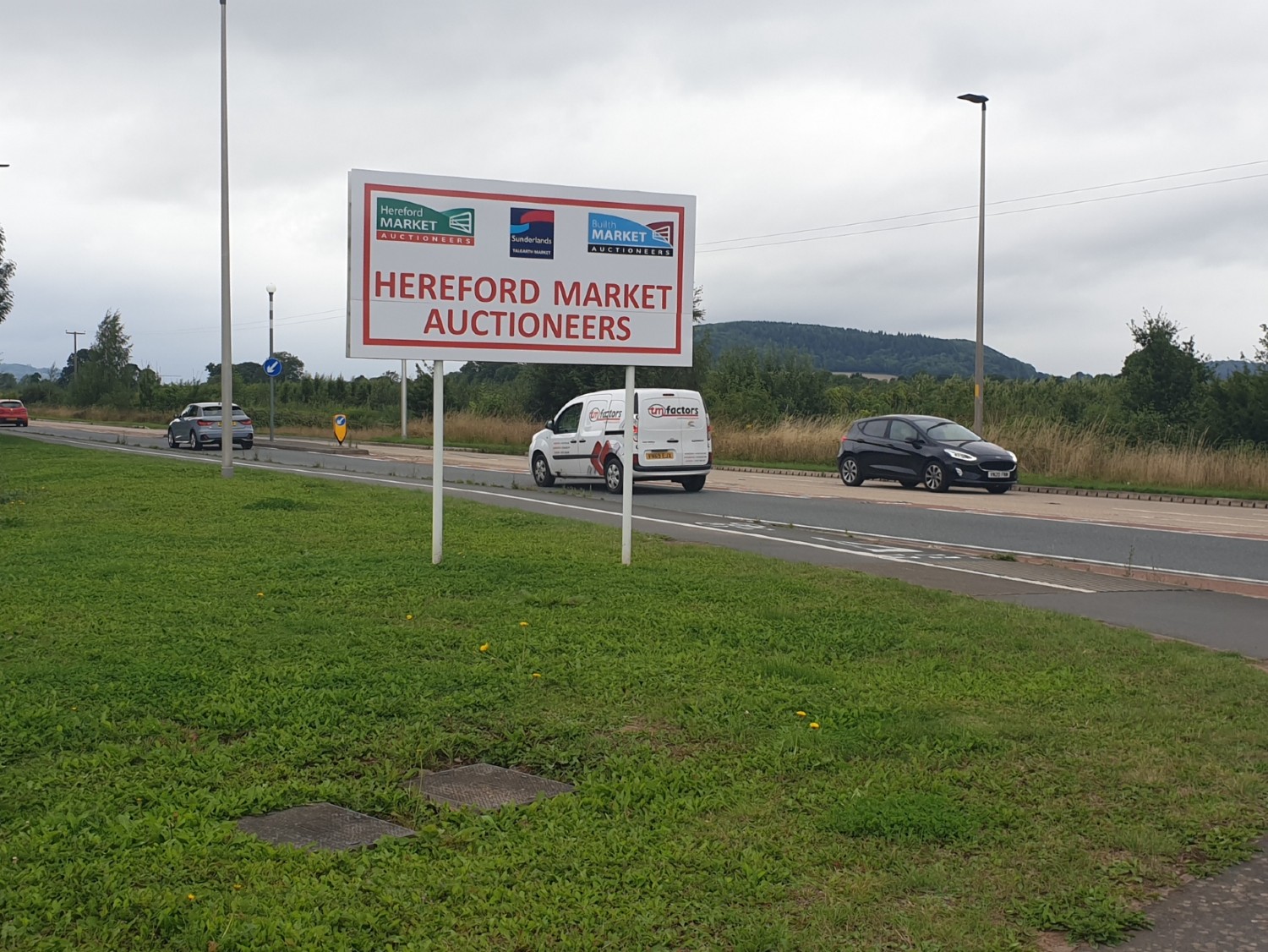
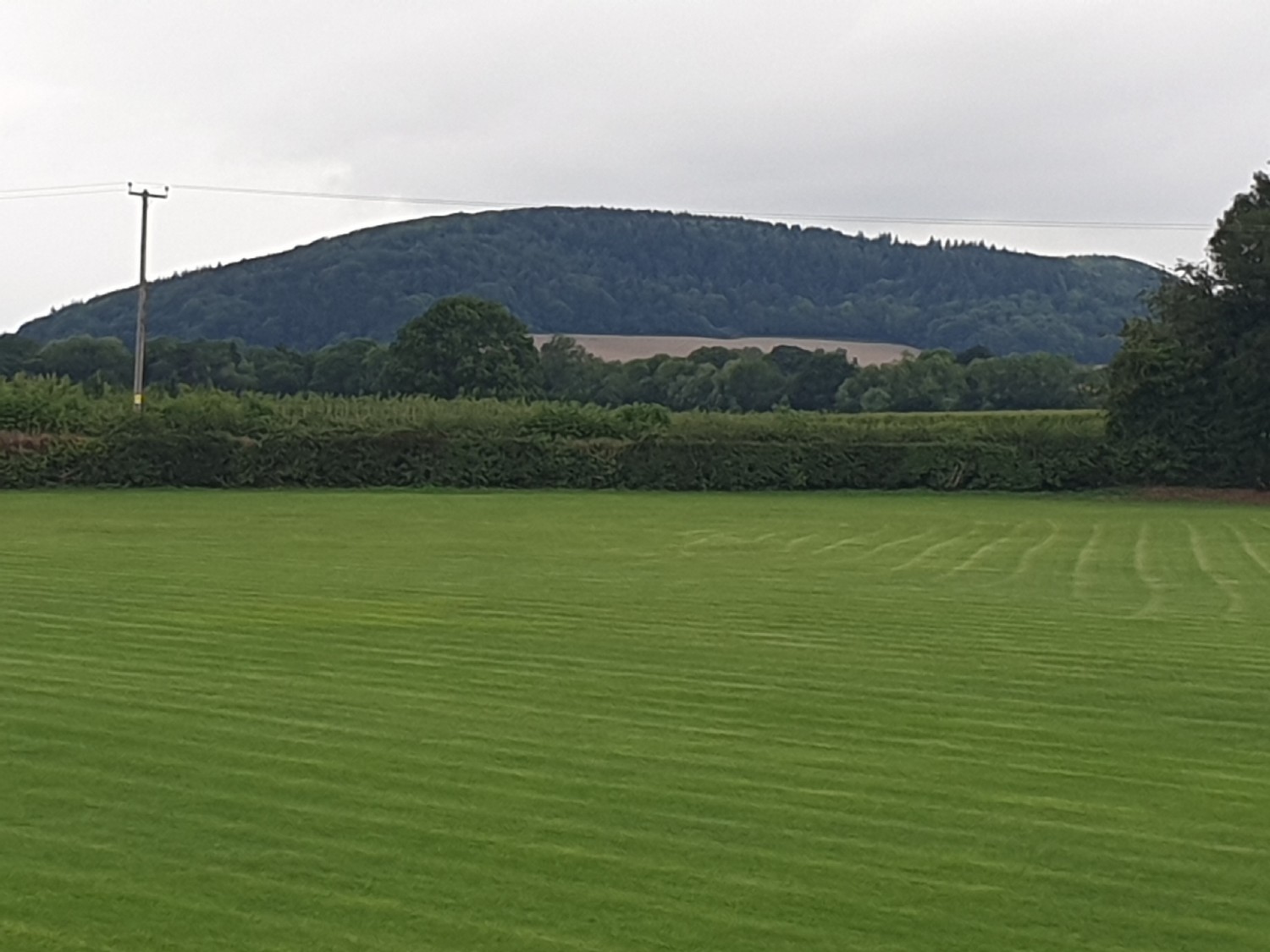
A4103 - Three Elms to Stretton Sugwas....Map
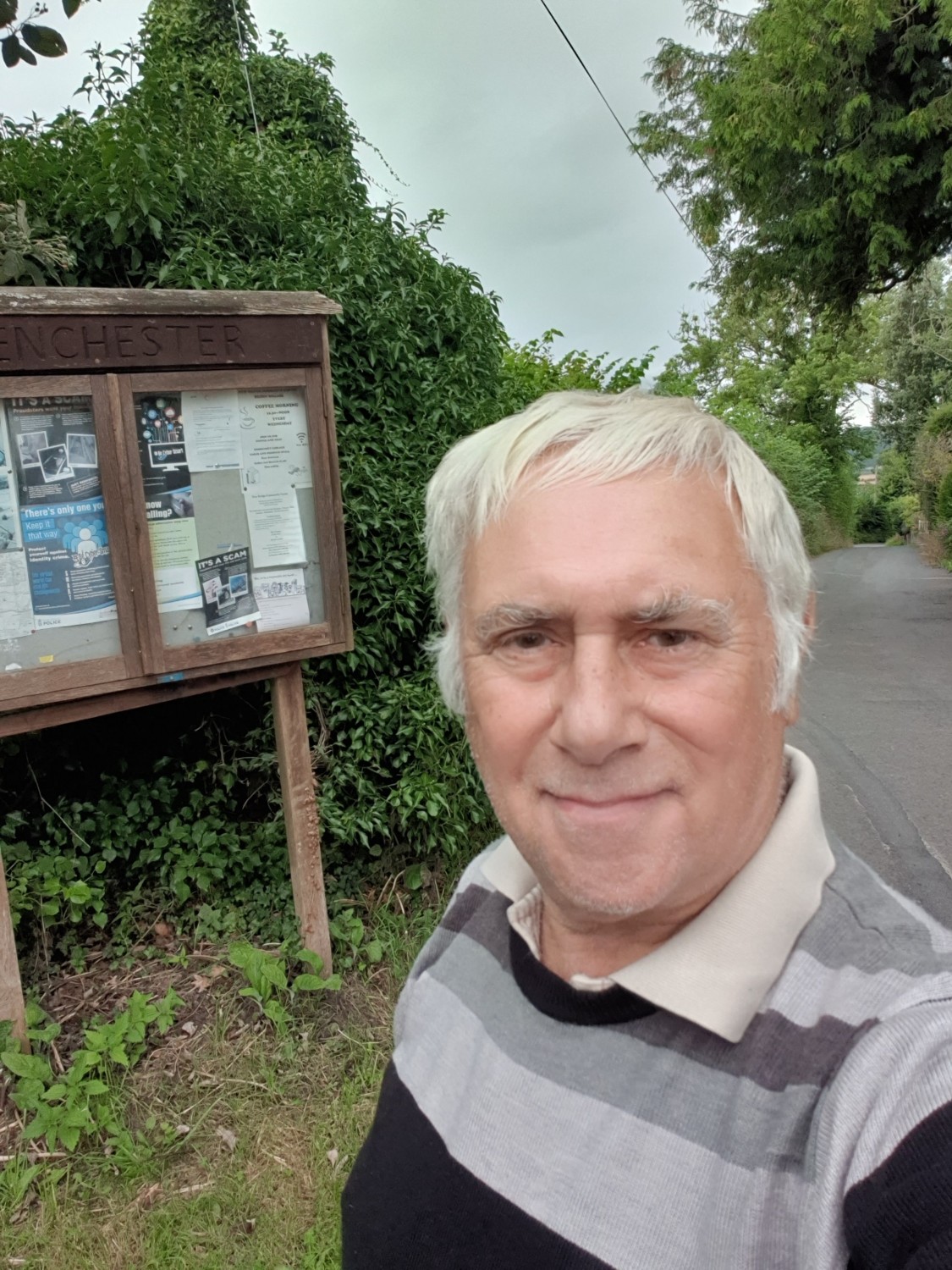
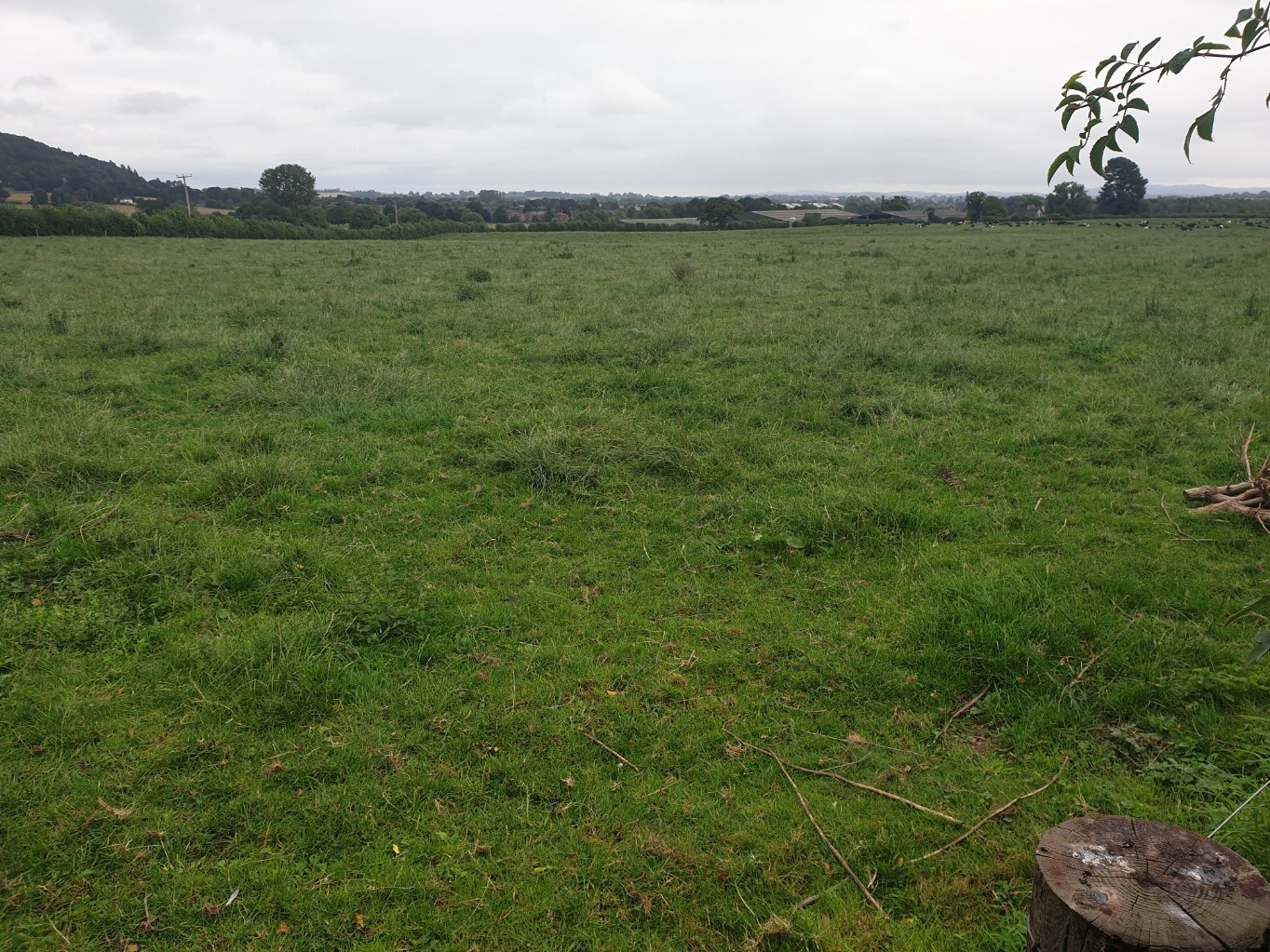
Kenchester - Remains of
Roman Town Magnis....Map
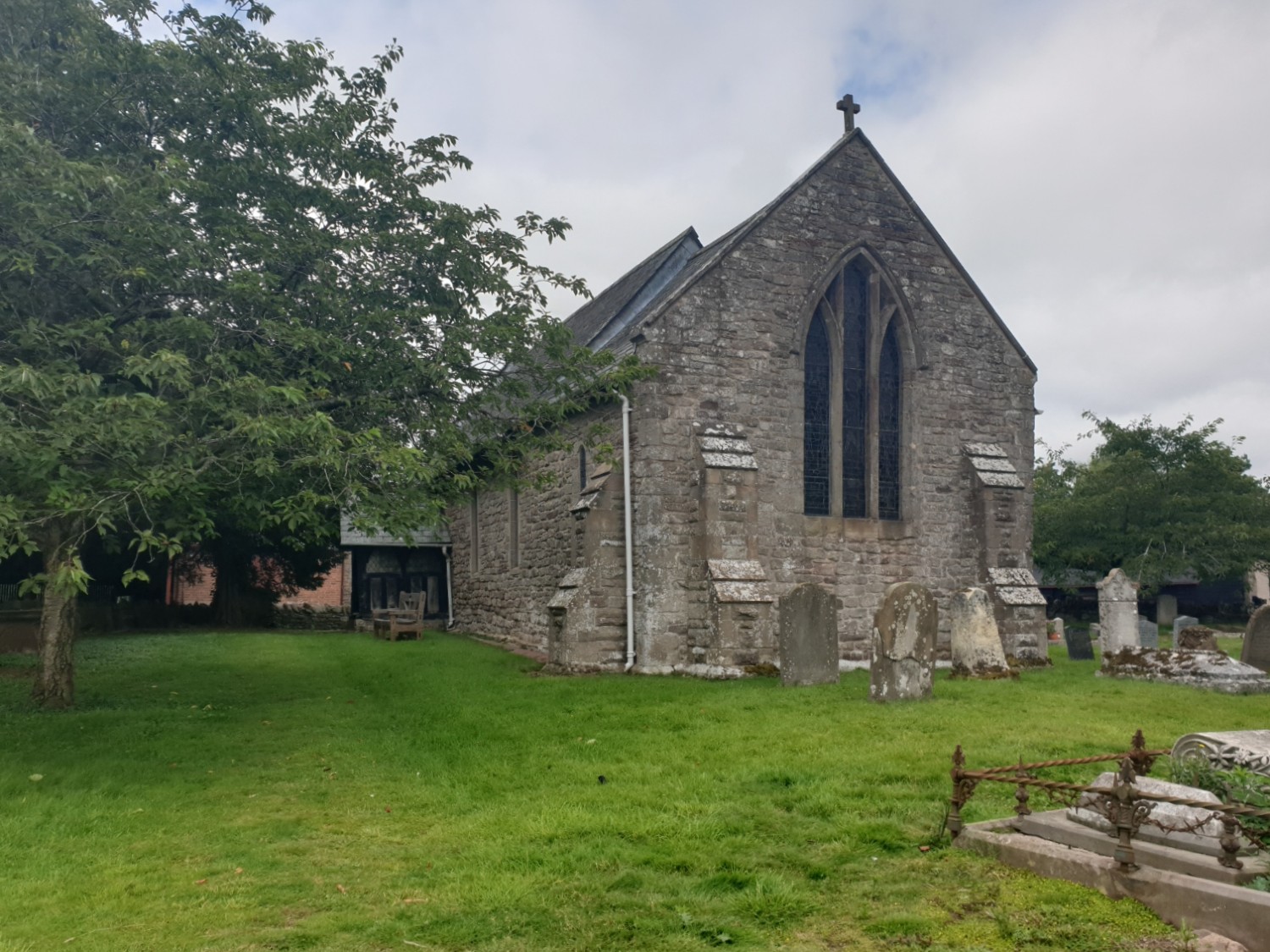
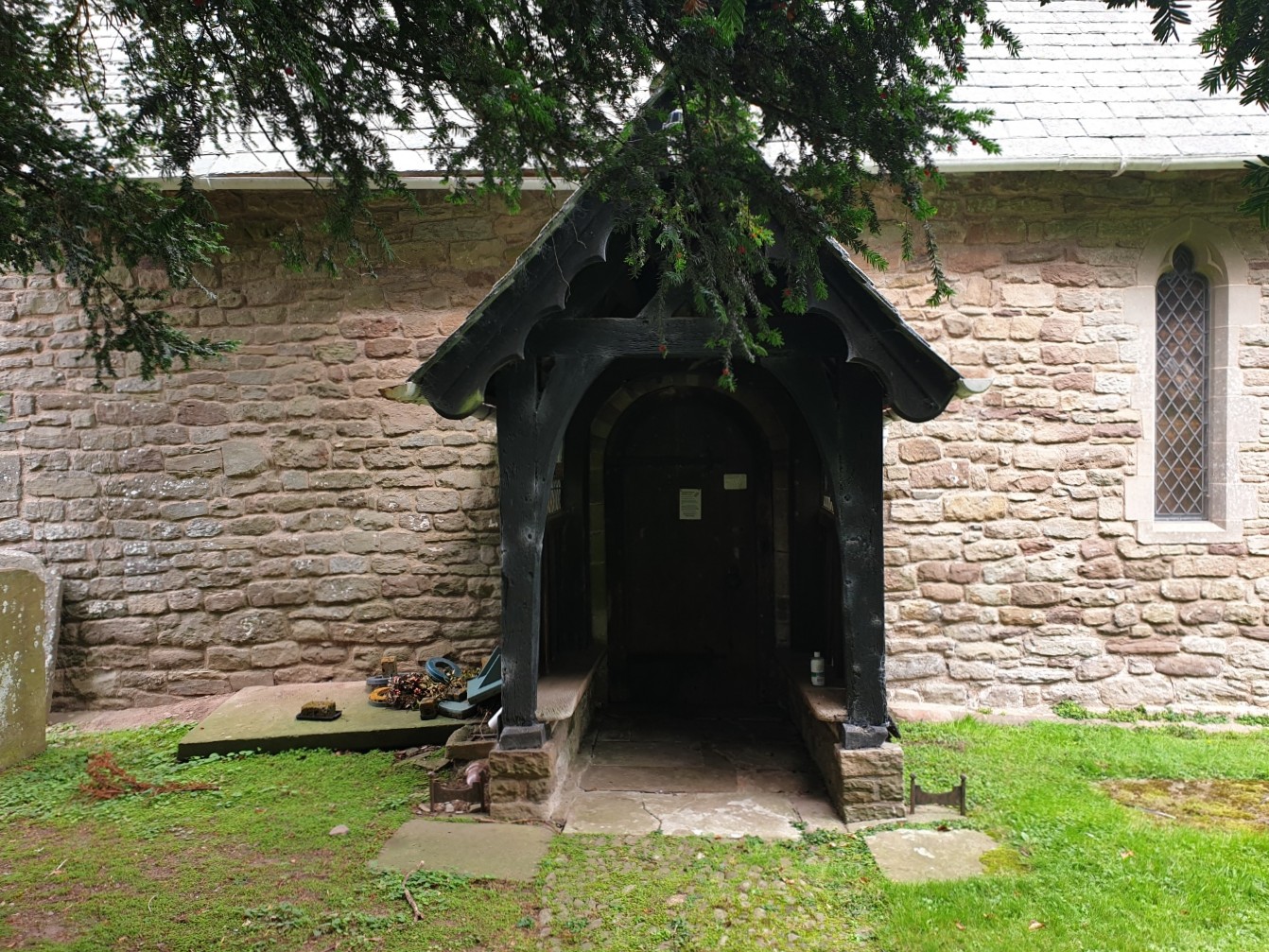
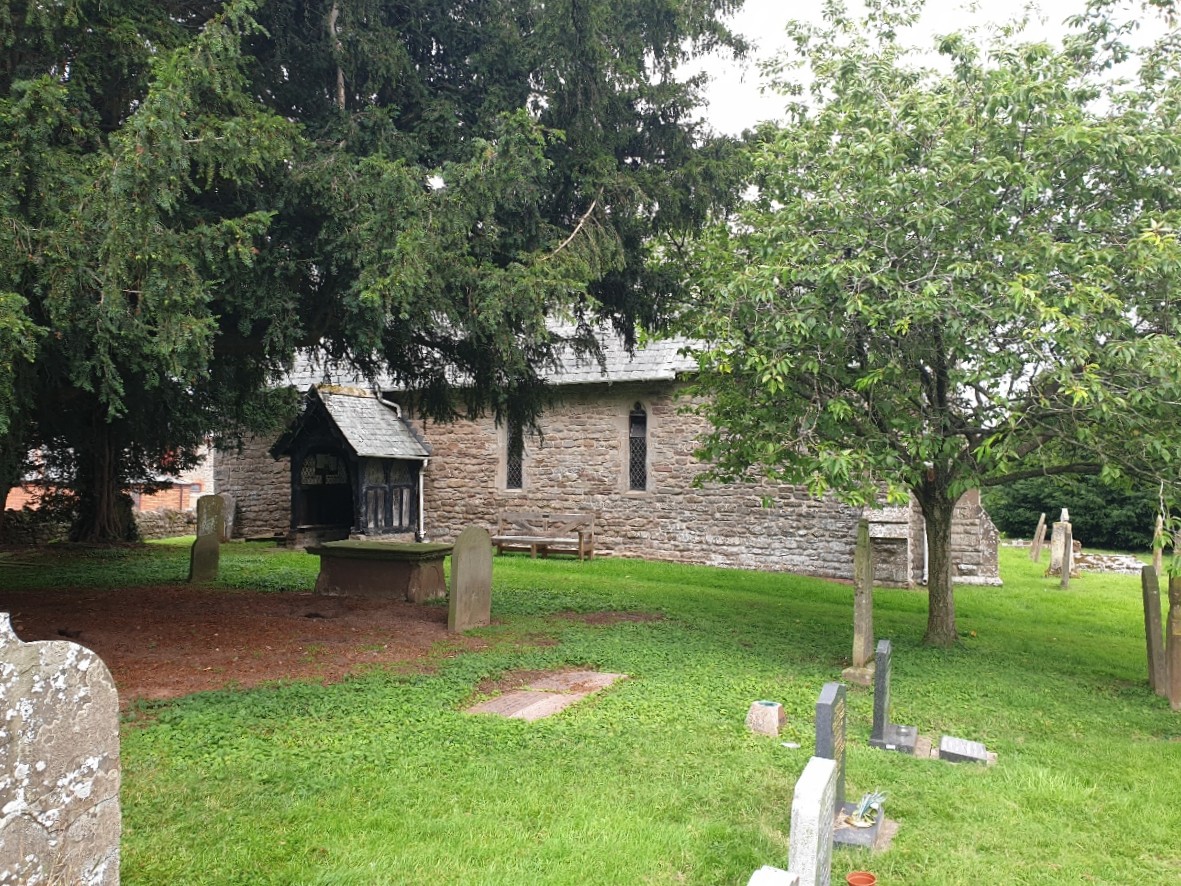
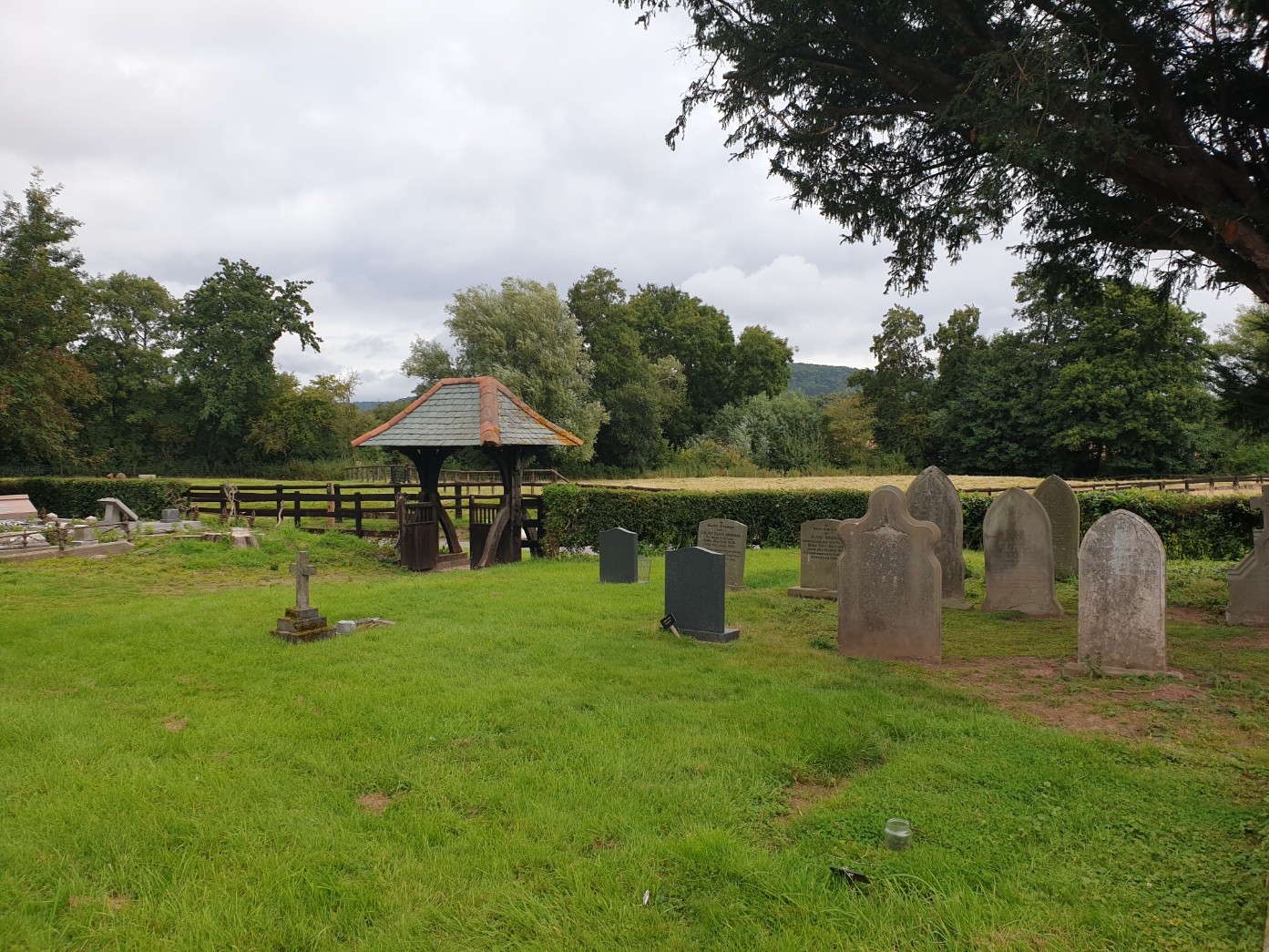
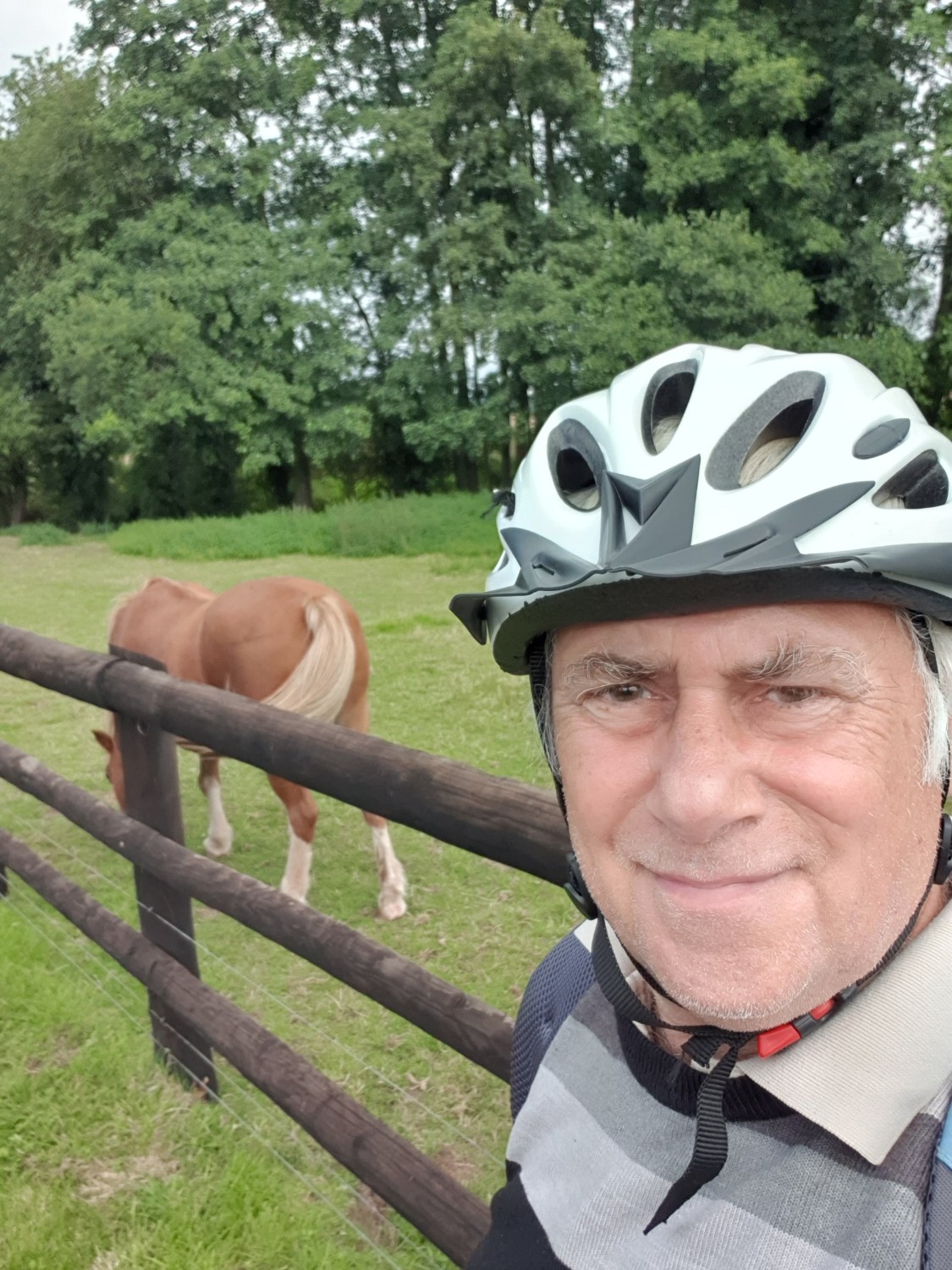
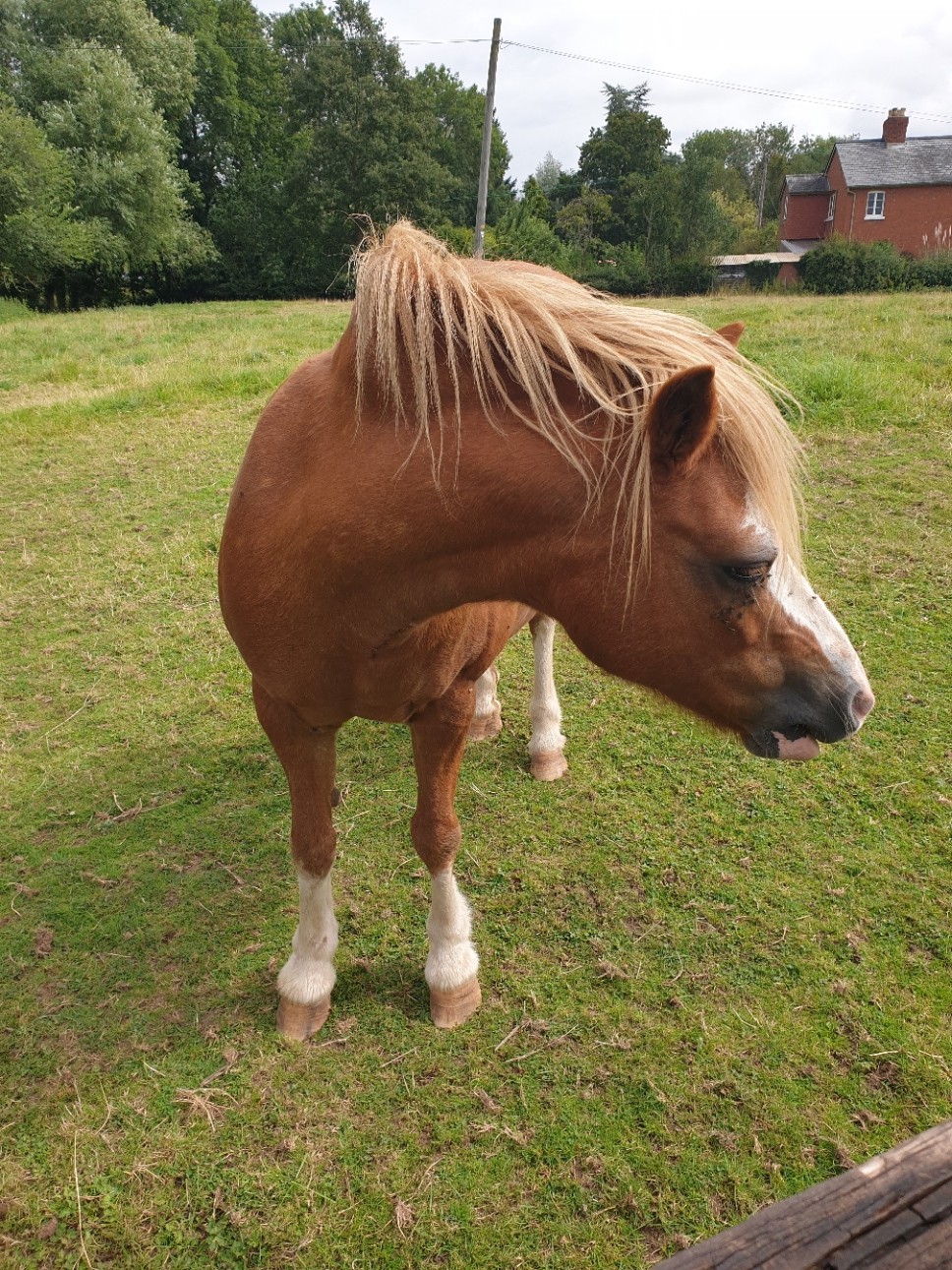
St Michael’s Church in Old School Lane, Kenchester....Map
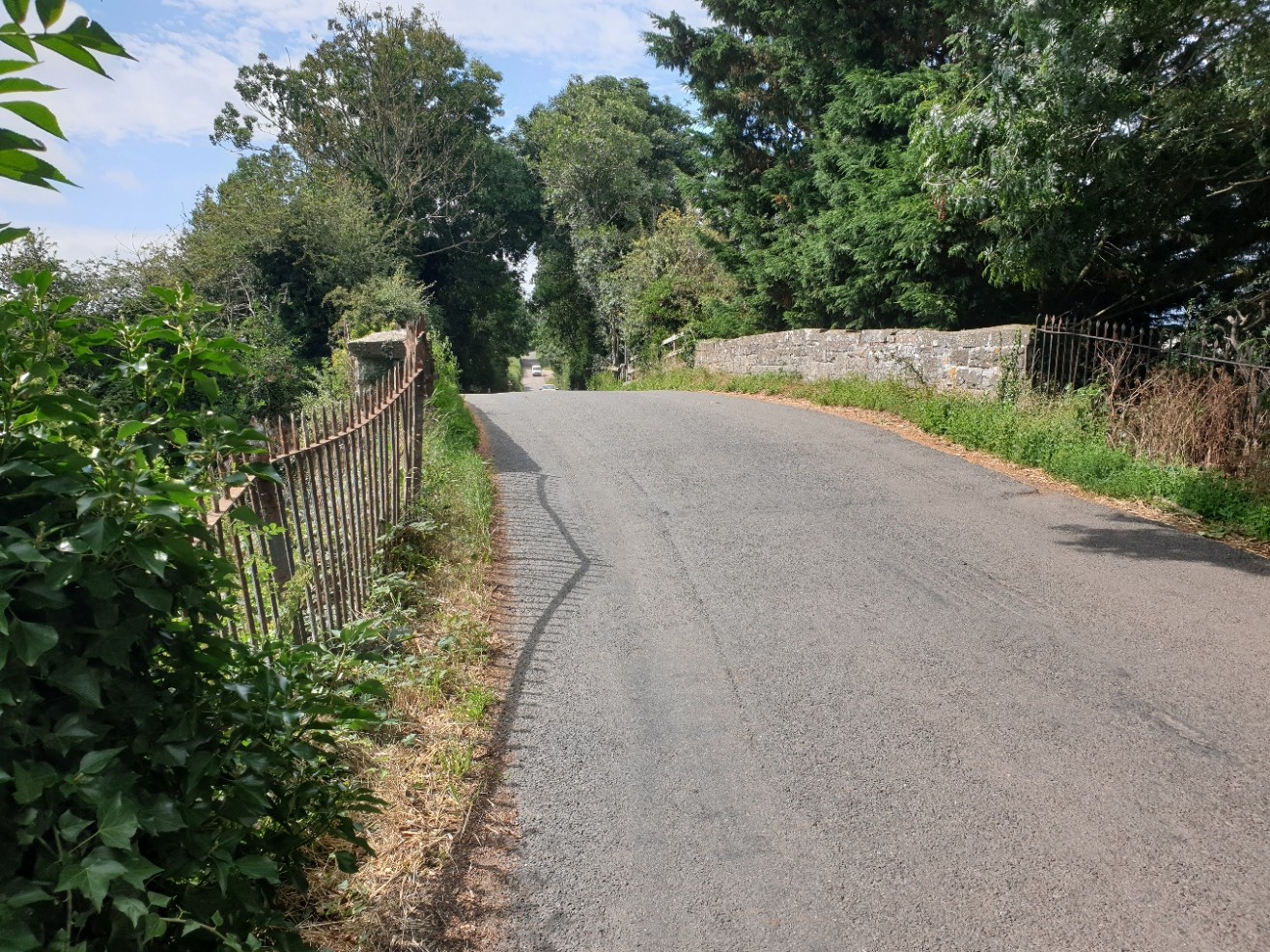
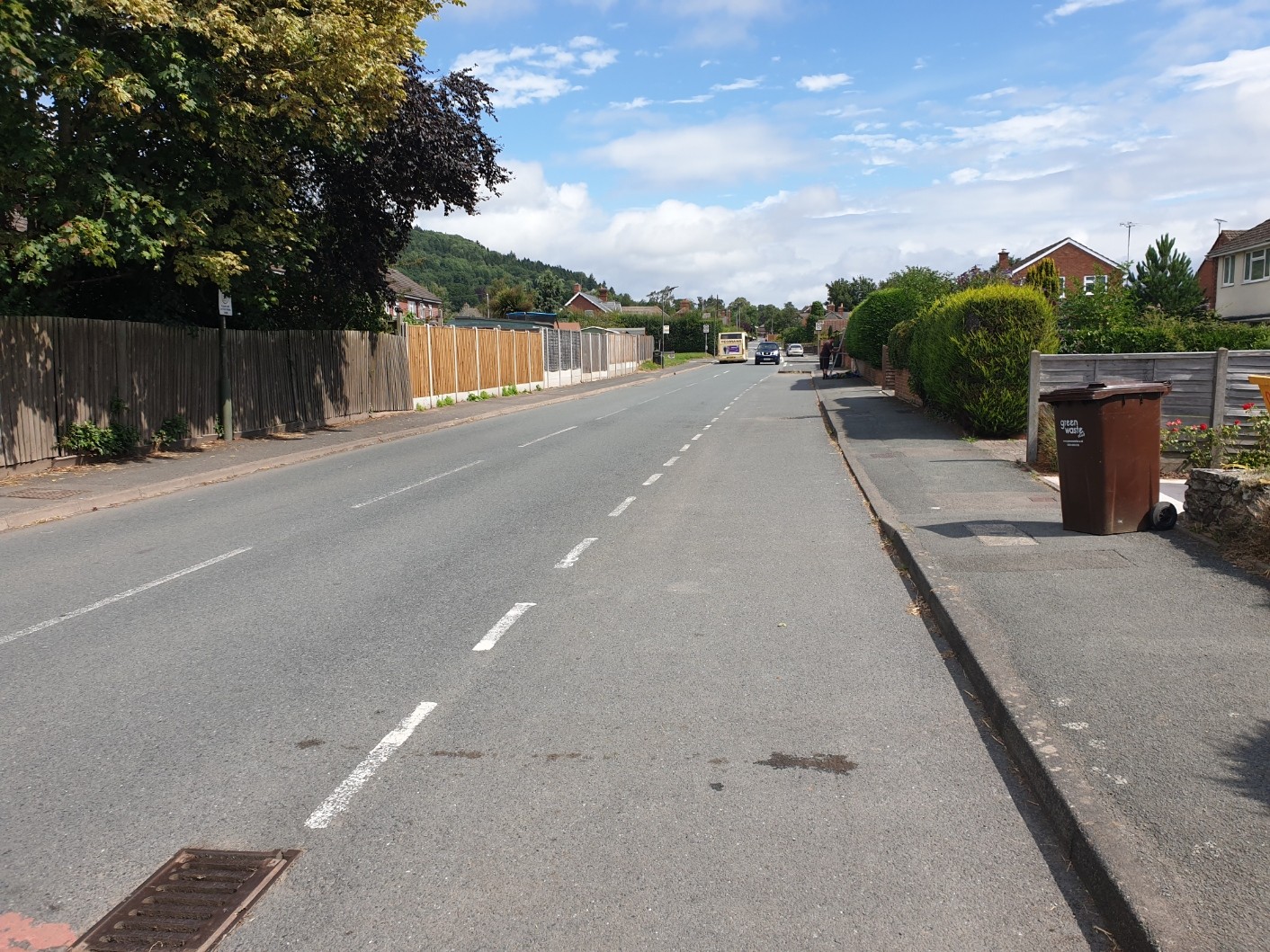
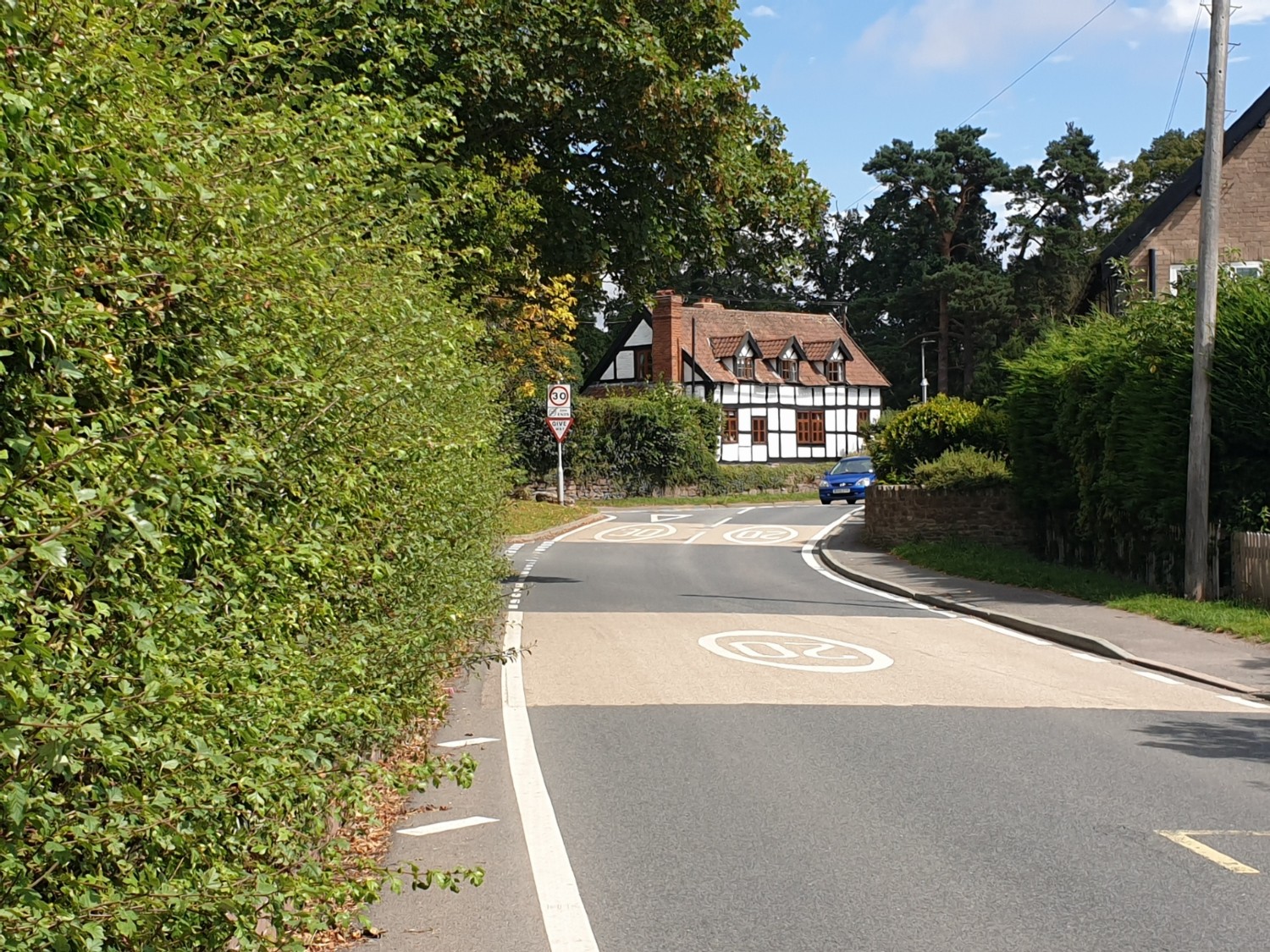
Credenhill Village....Map
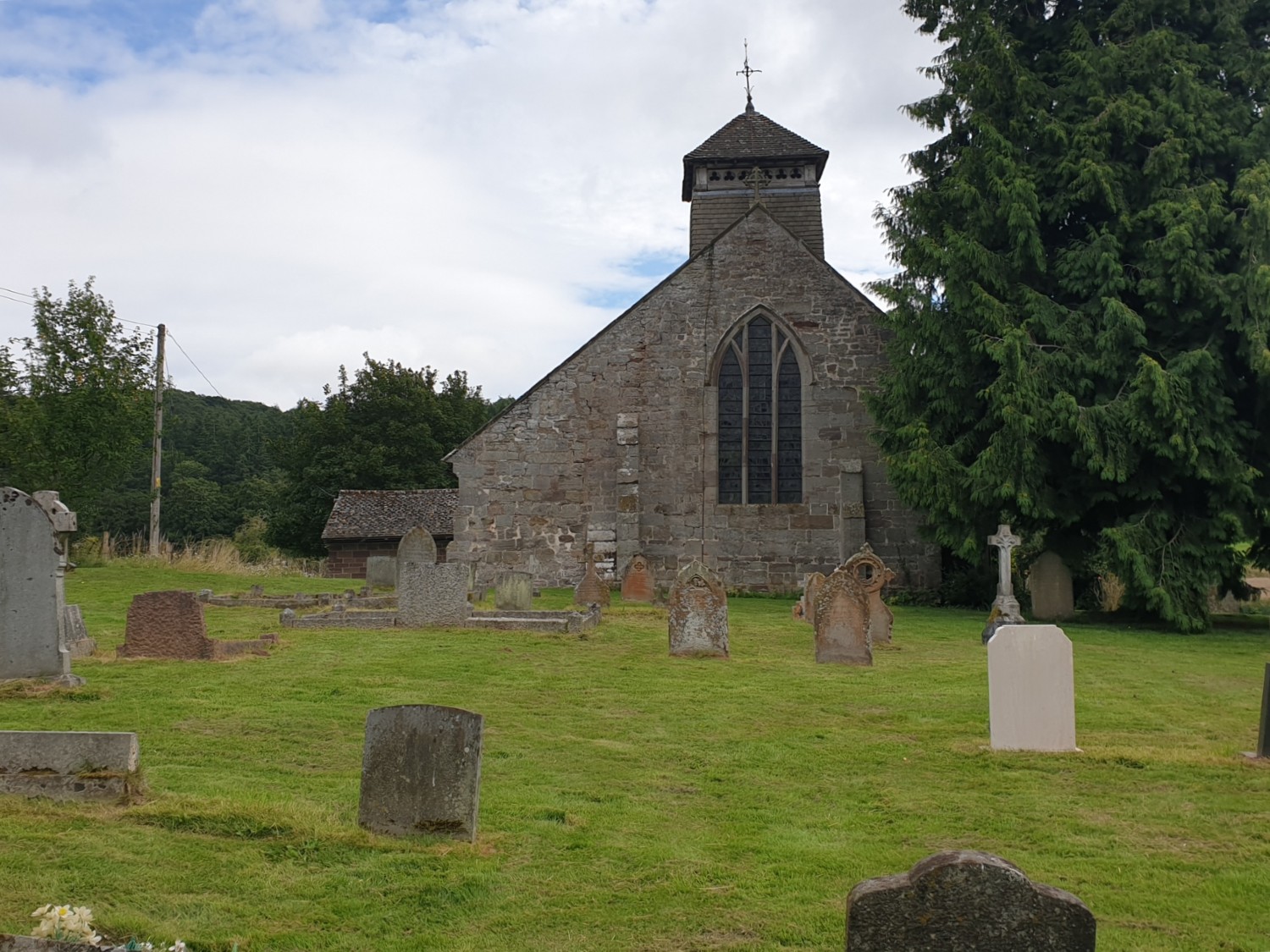
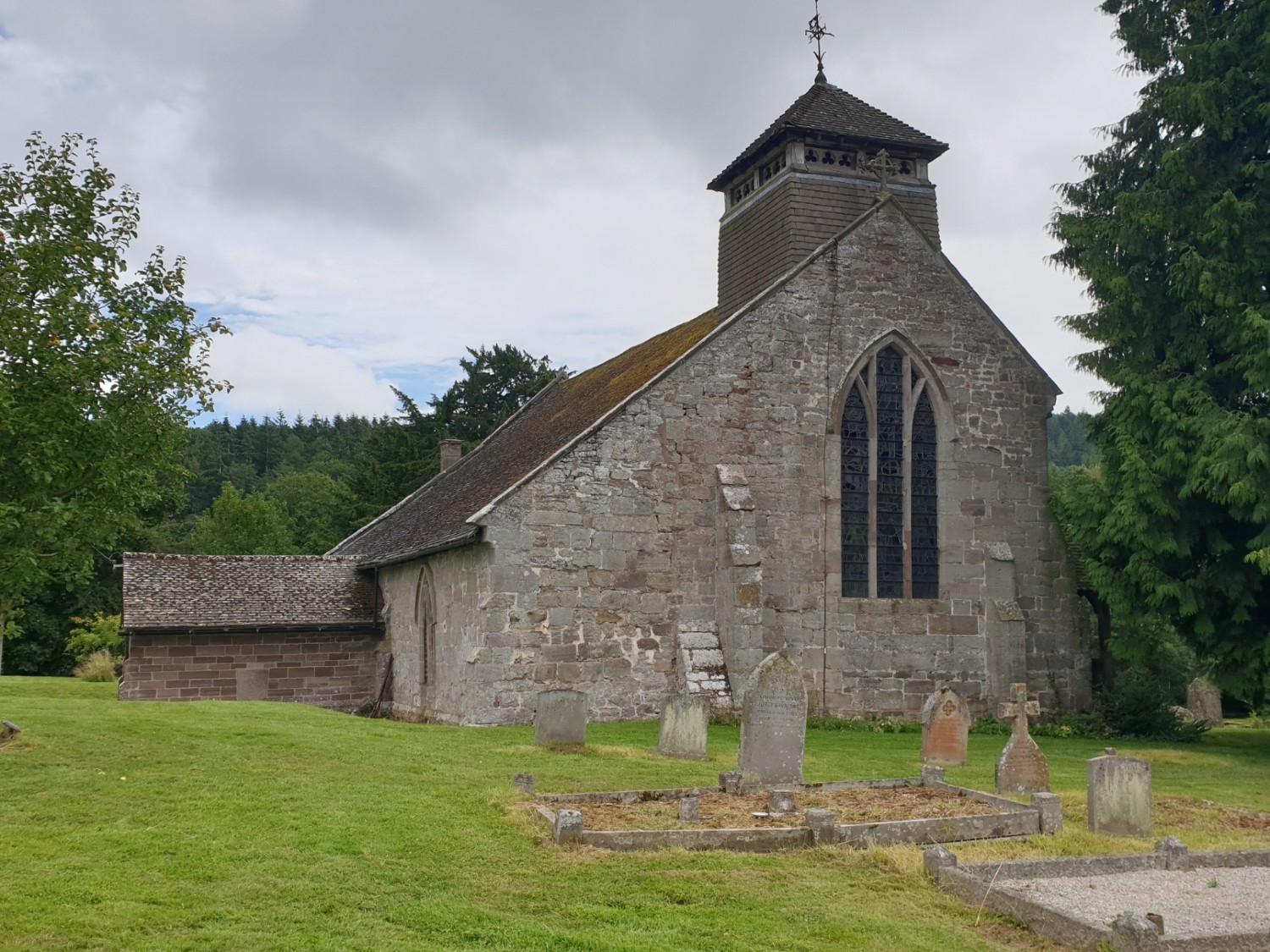
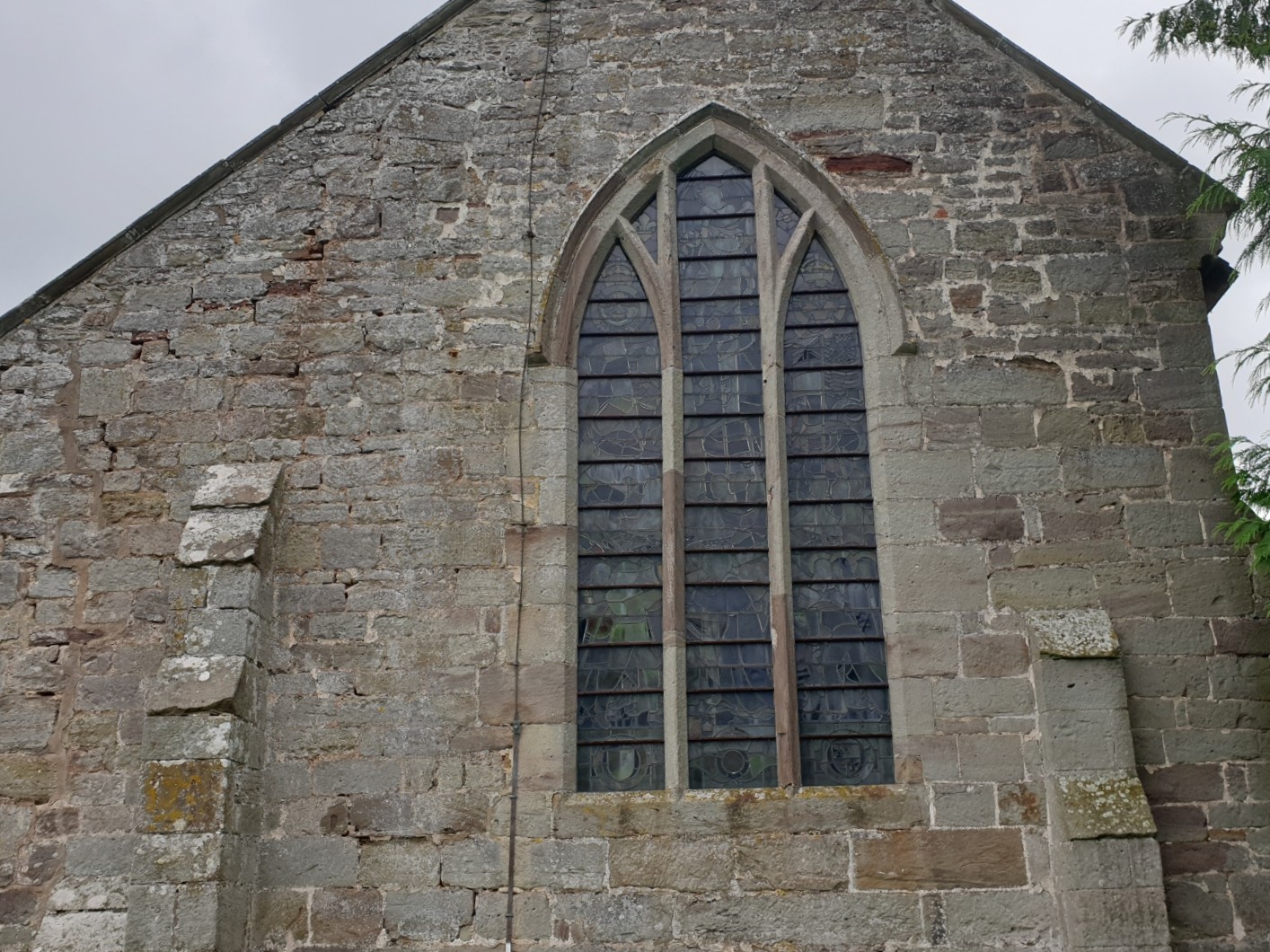
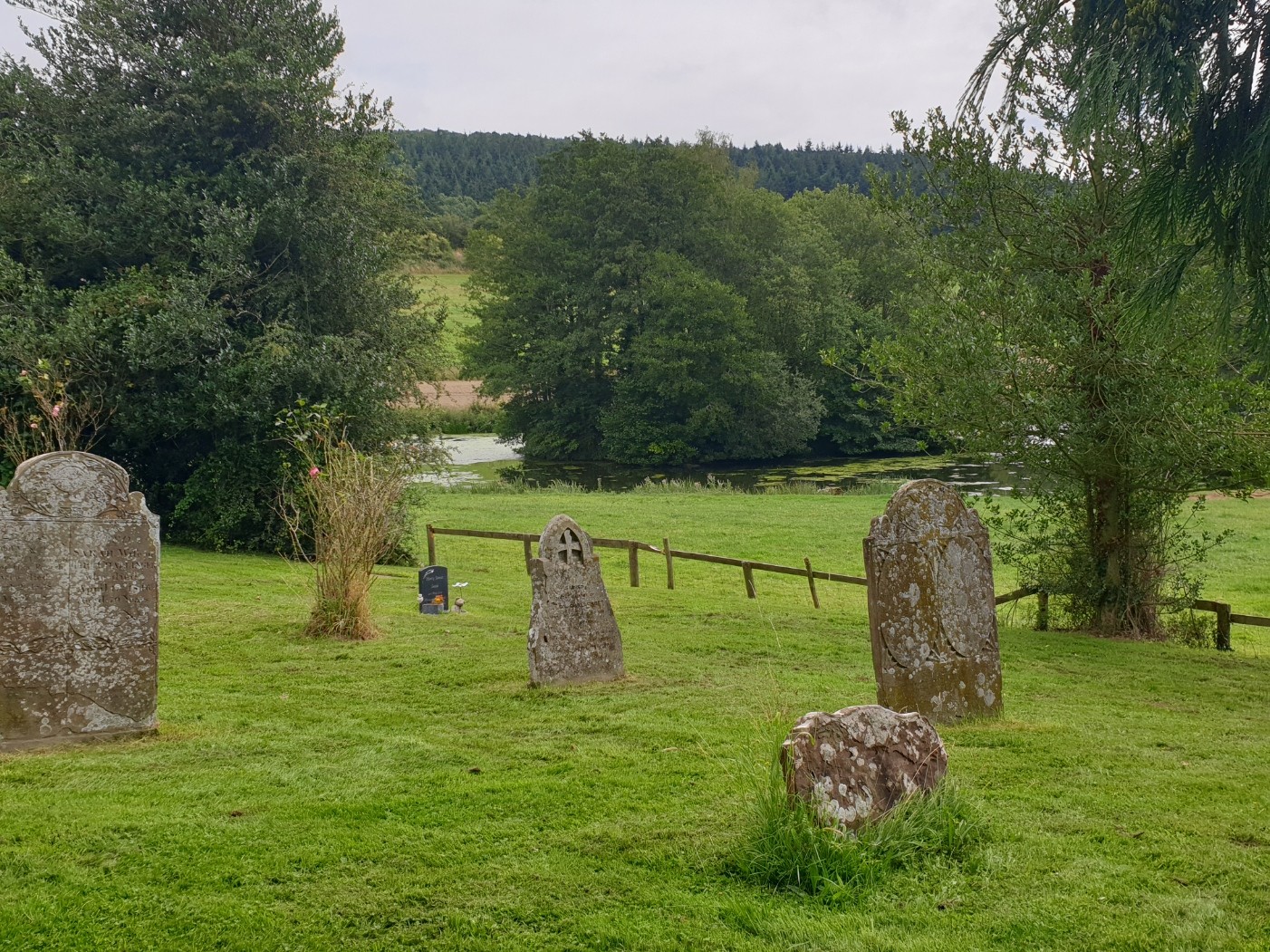
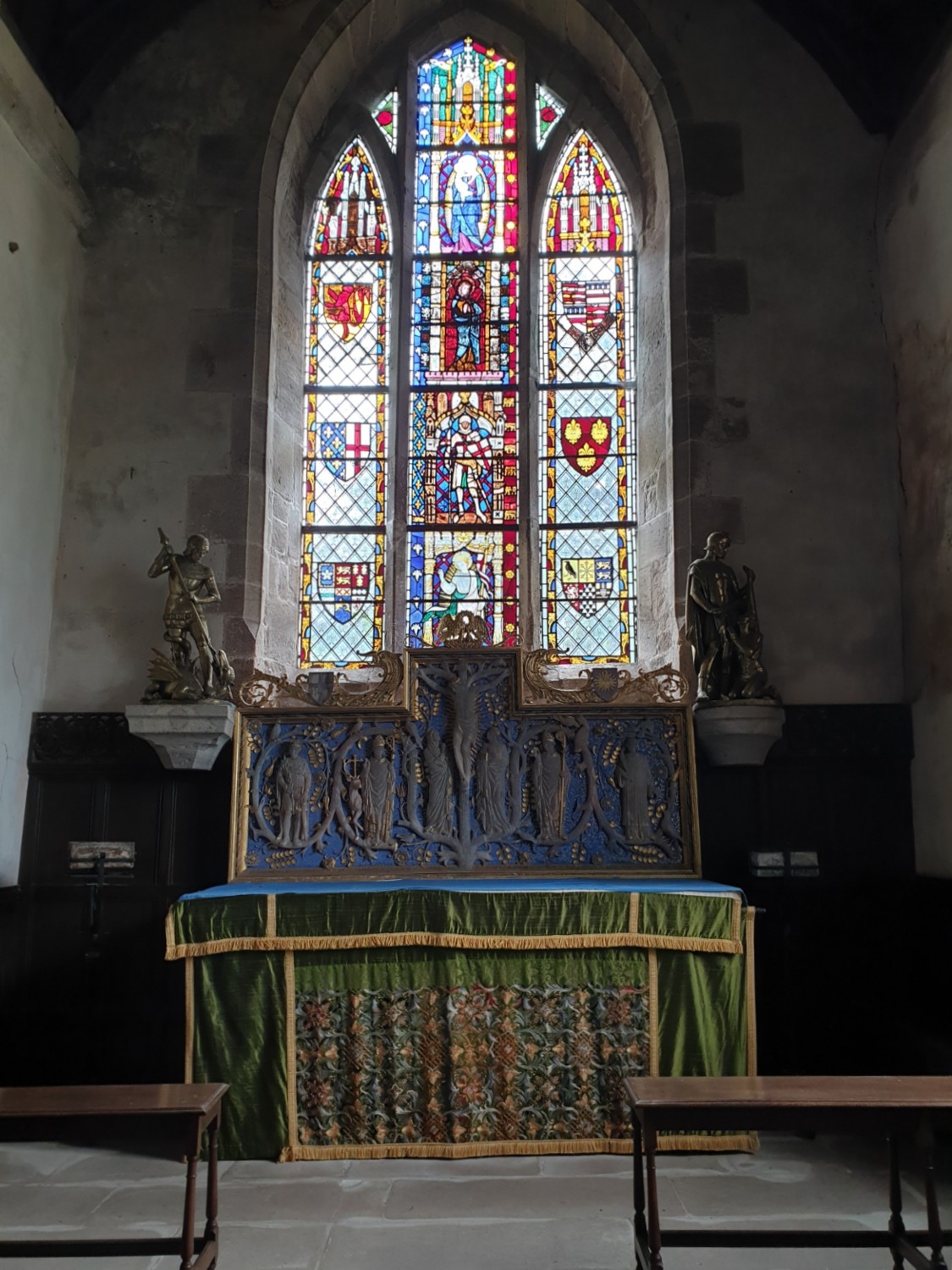
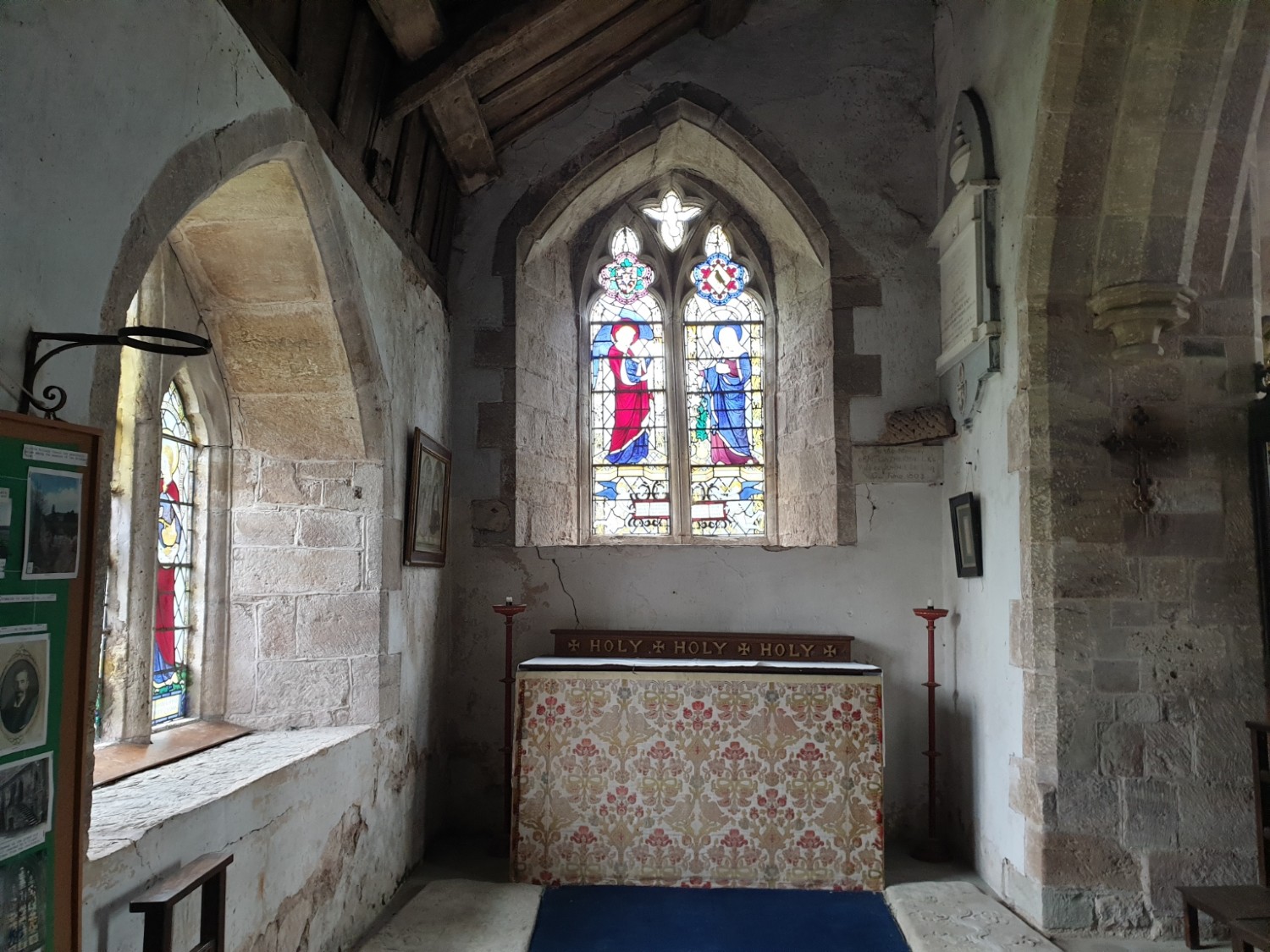
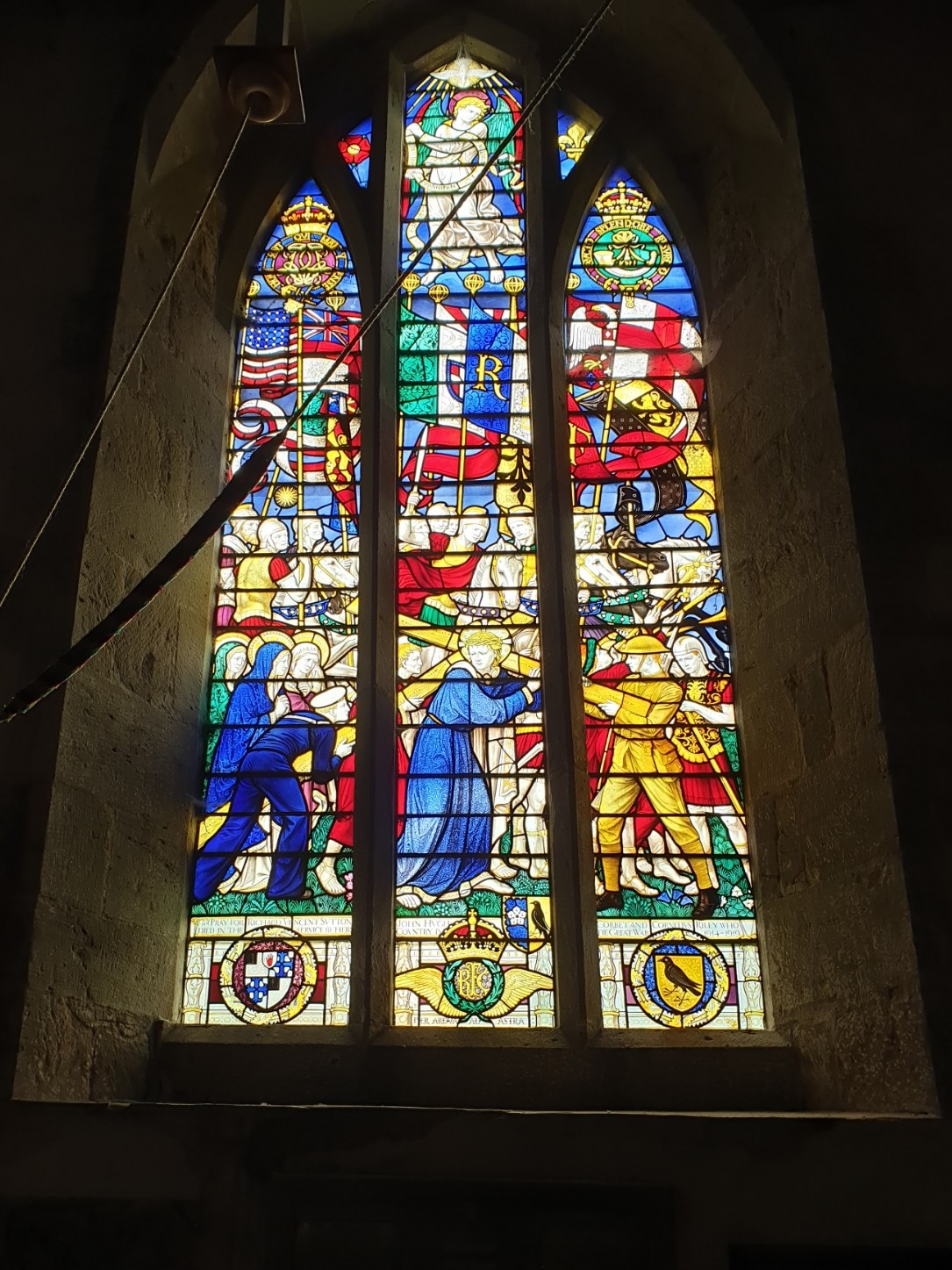
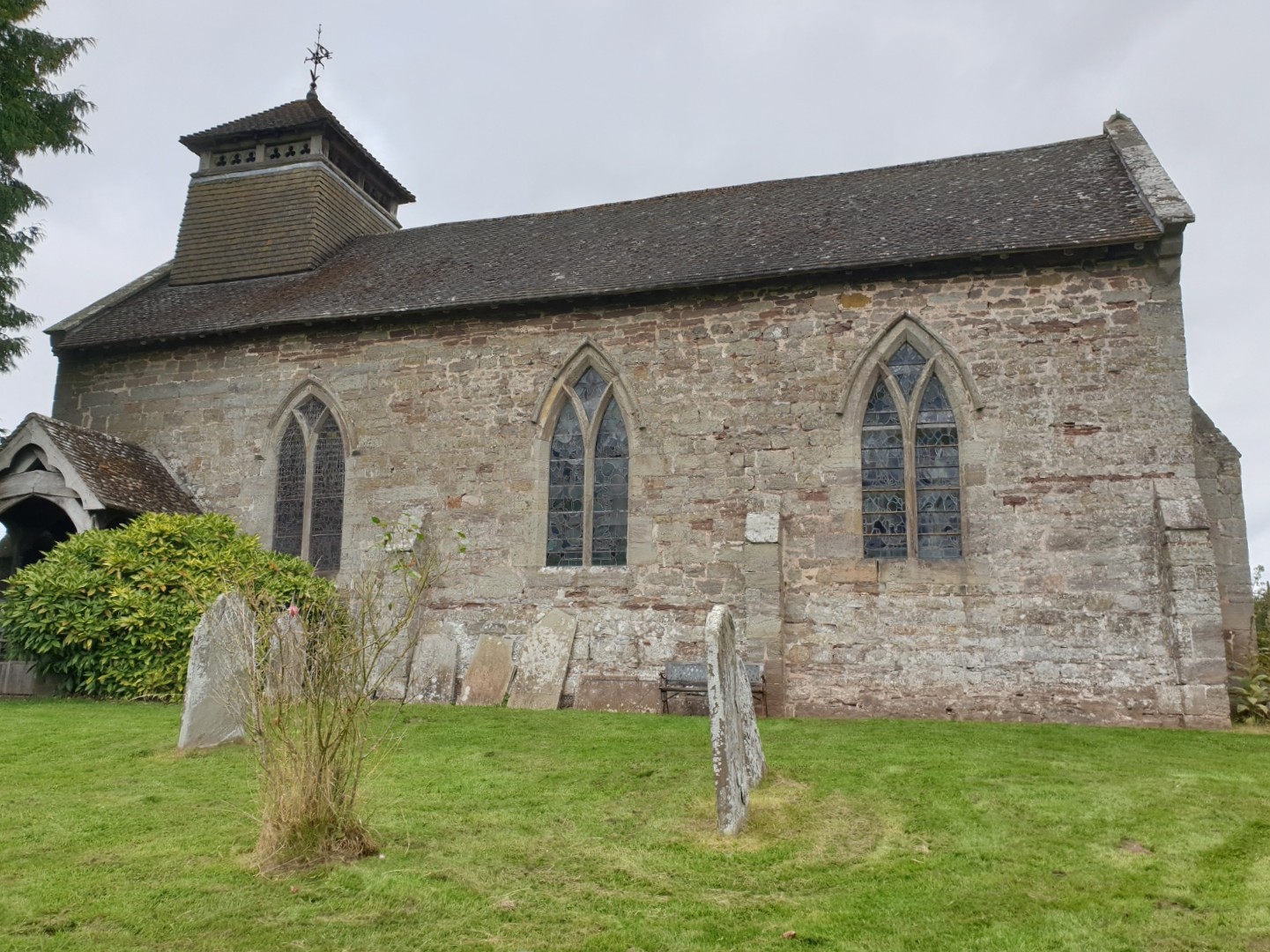
St George’s Church, Brinsop....Map
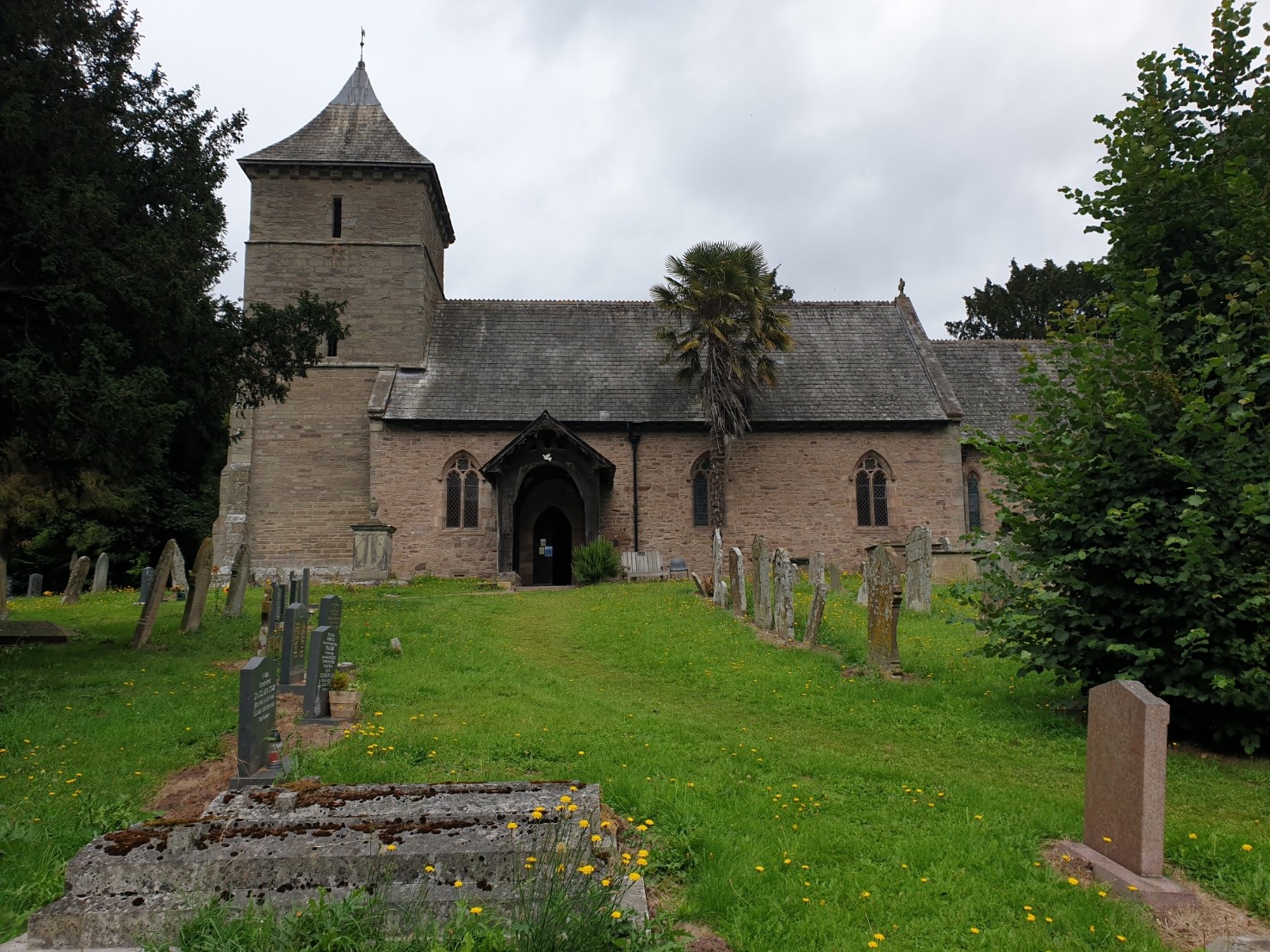
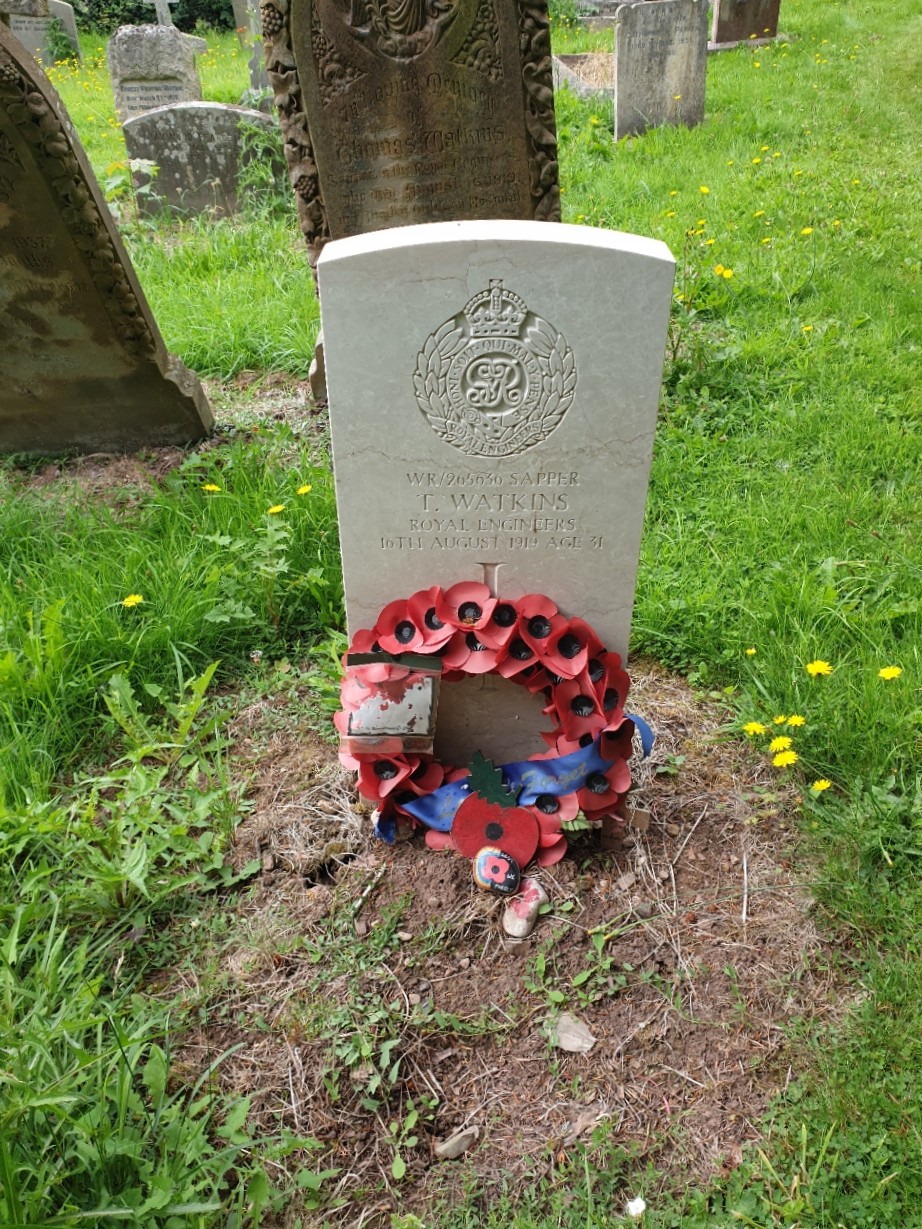
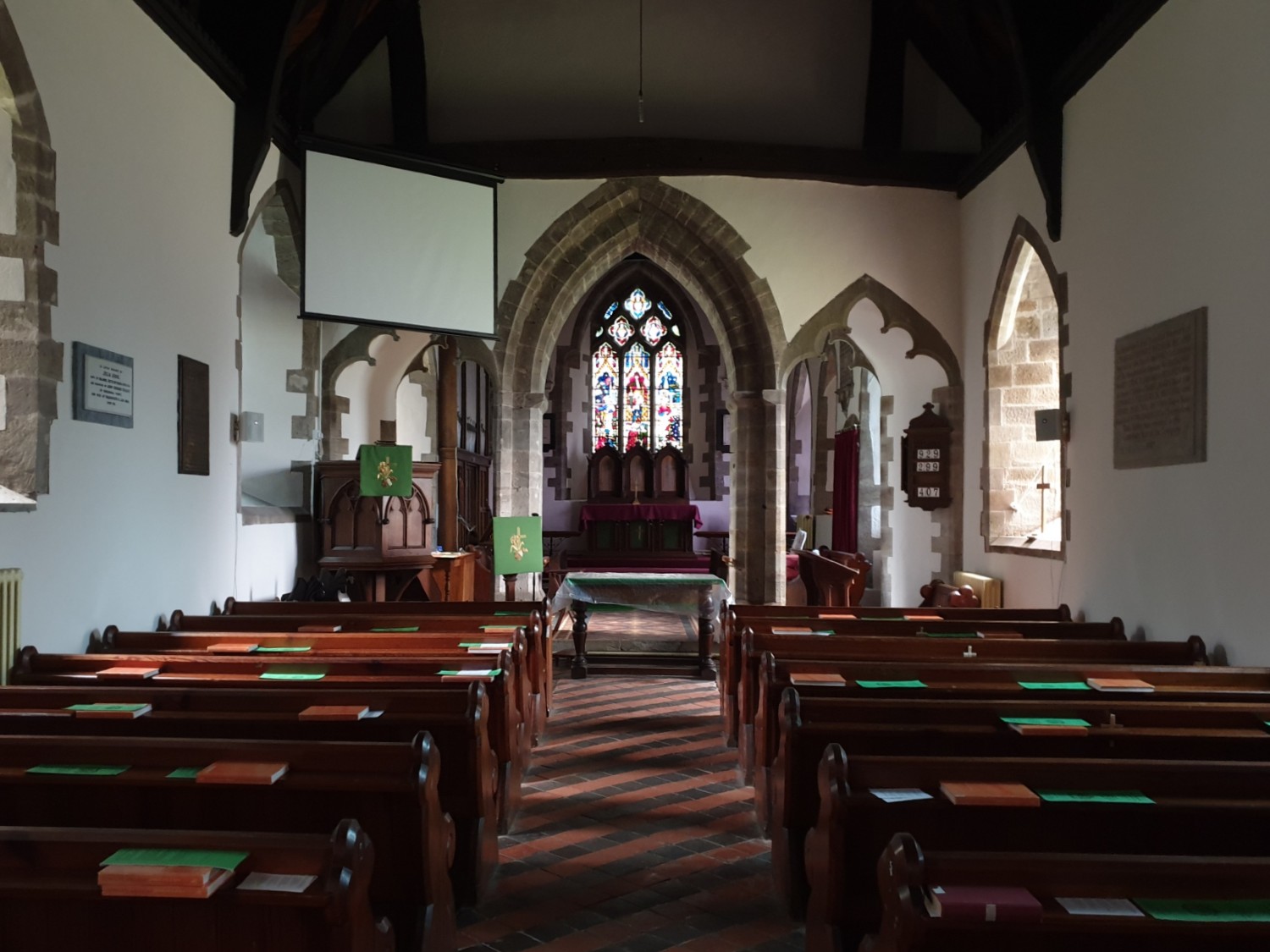
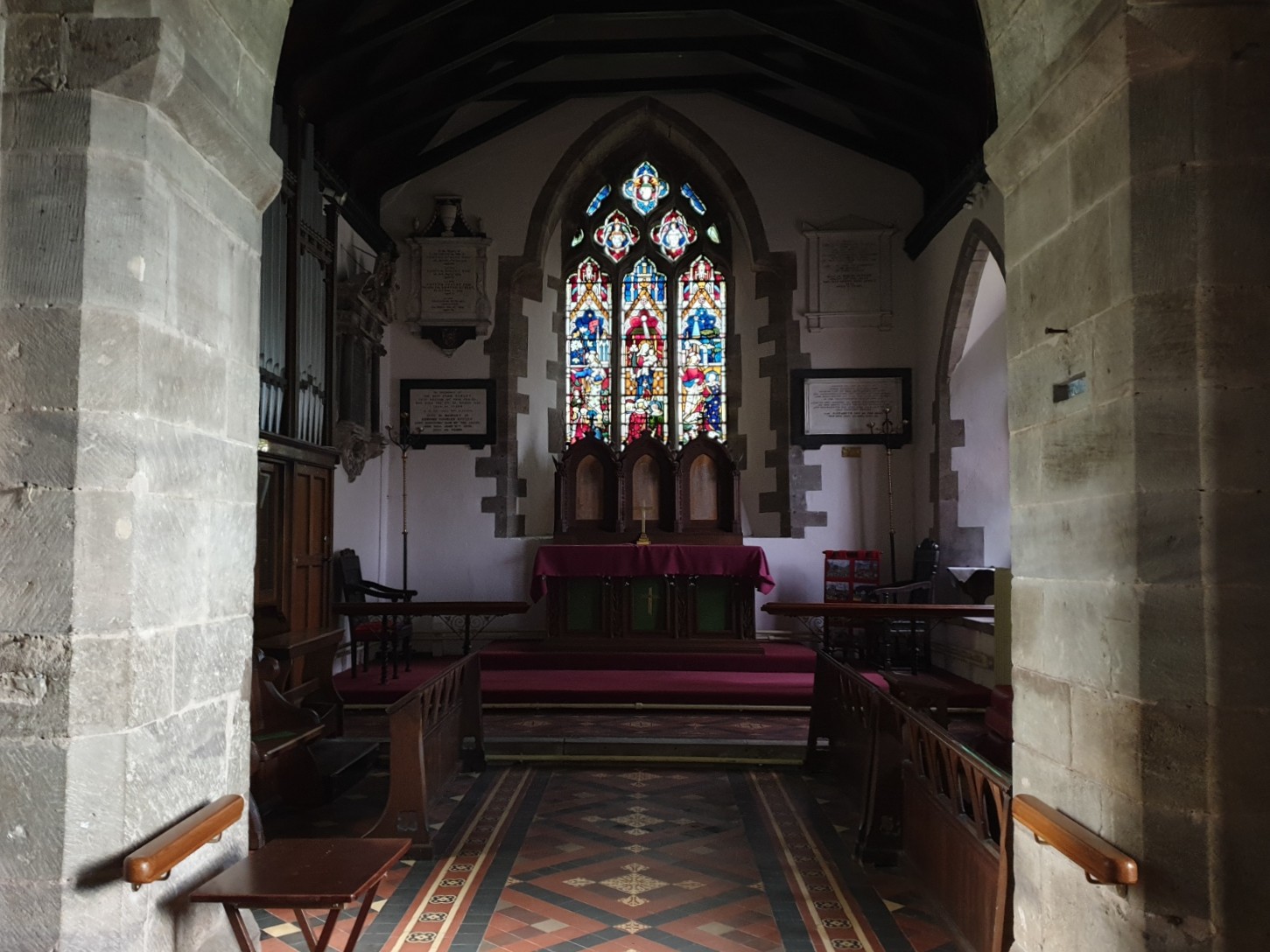
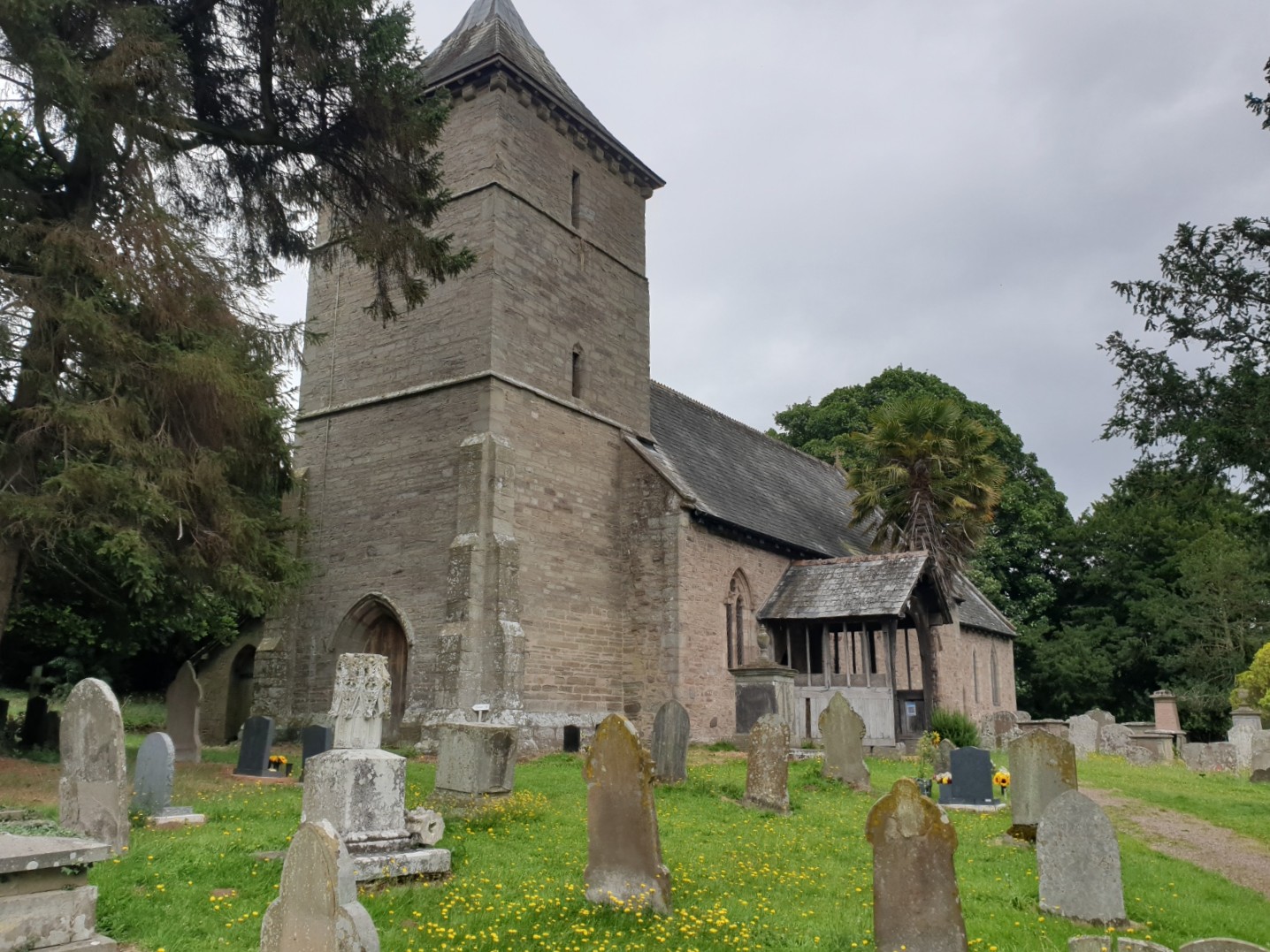
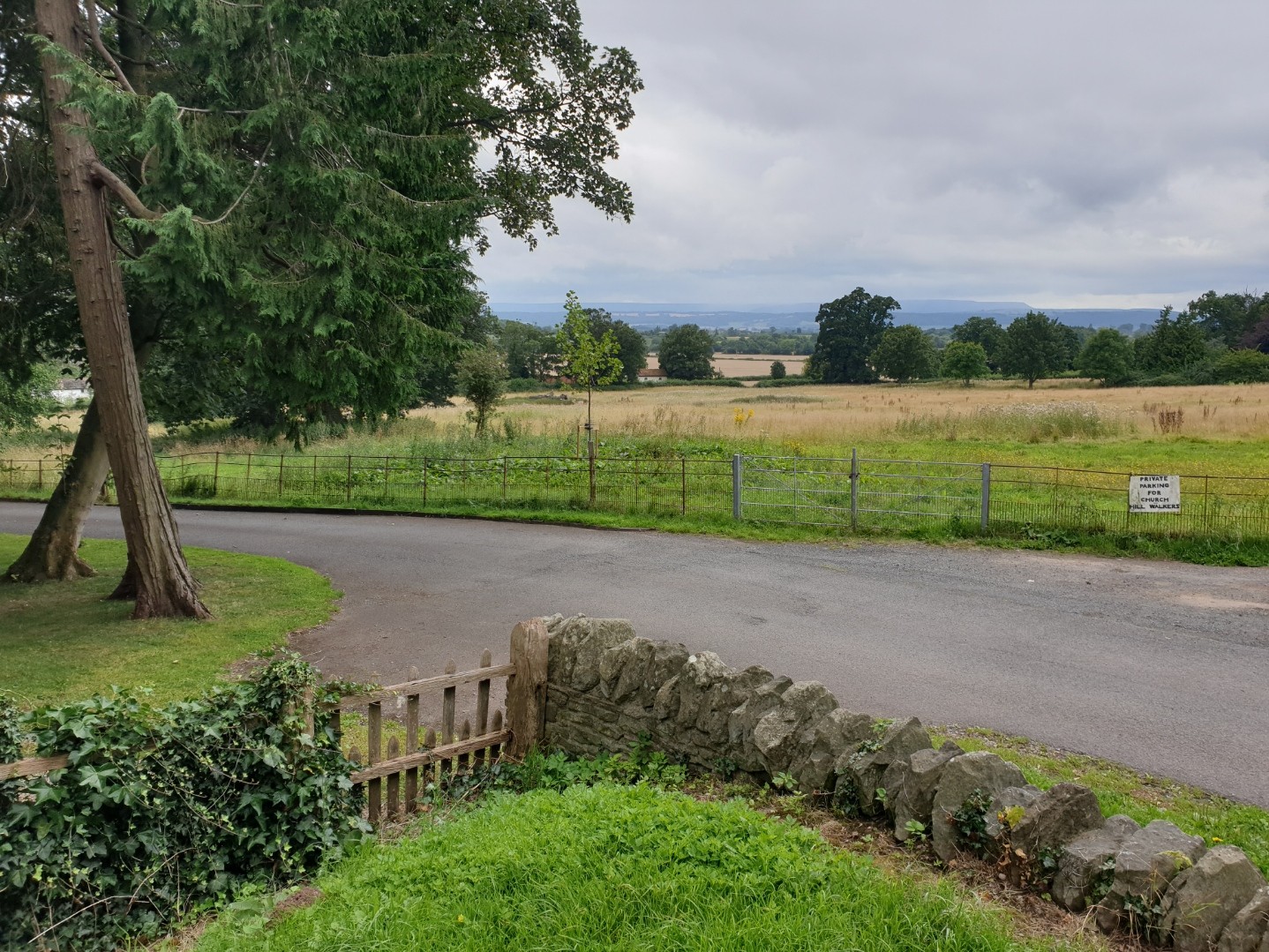
St Mary’s Parish Church, Credenhill....Map
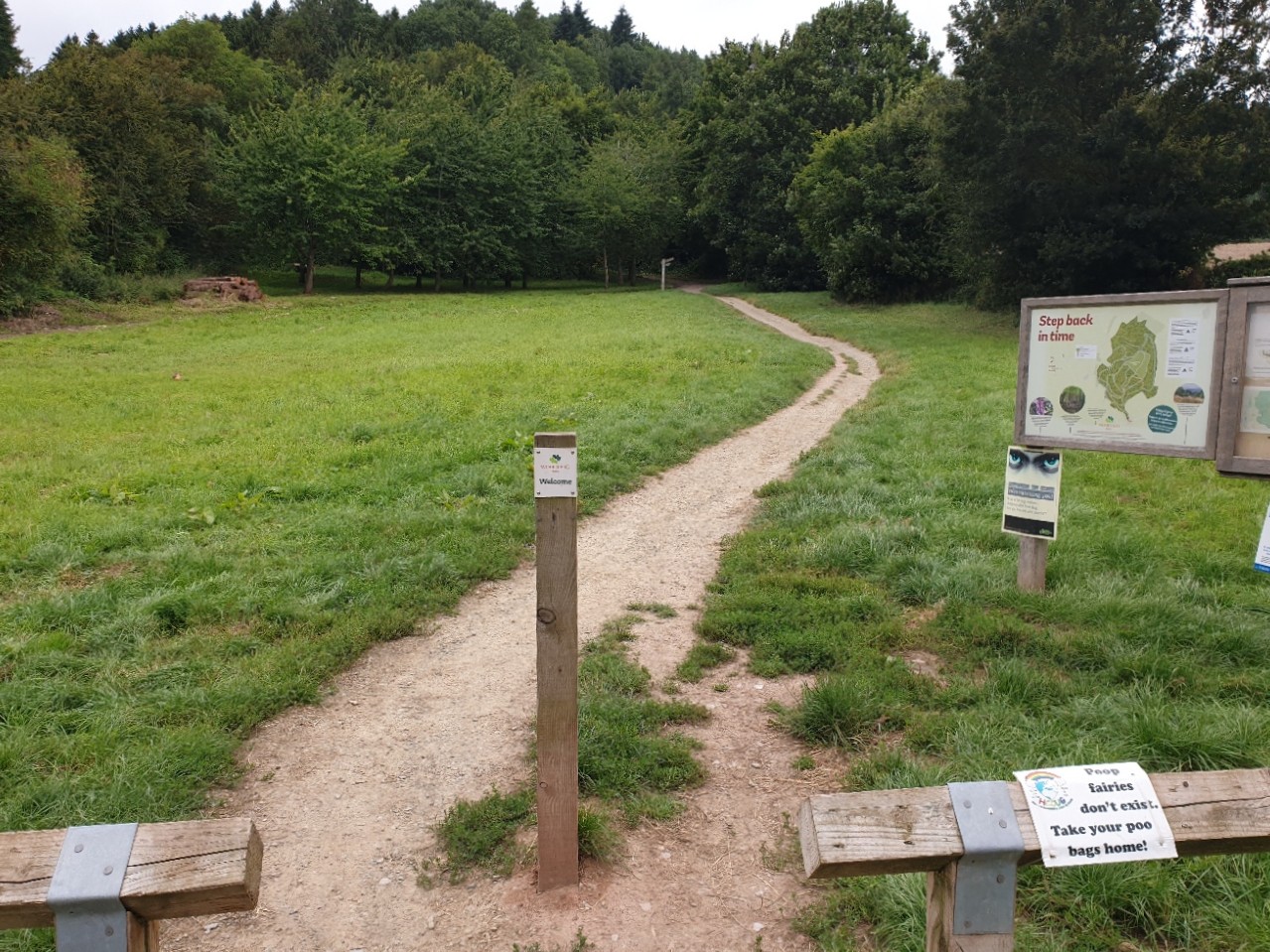
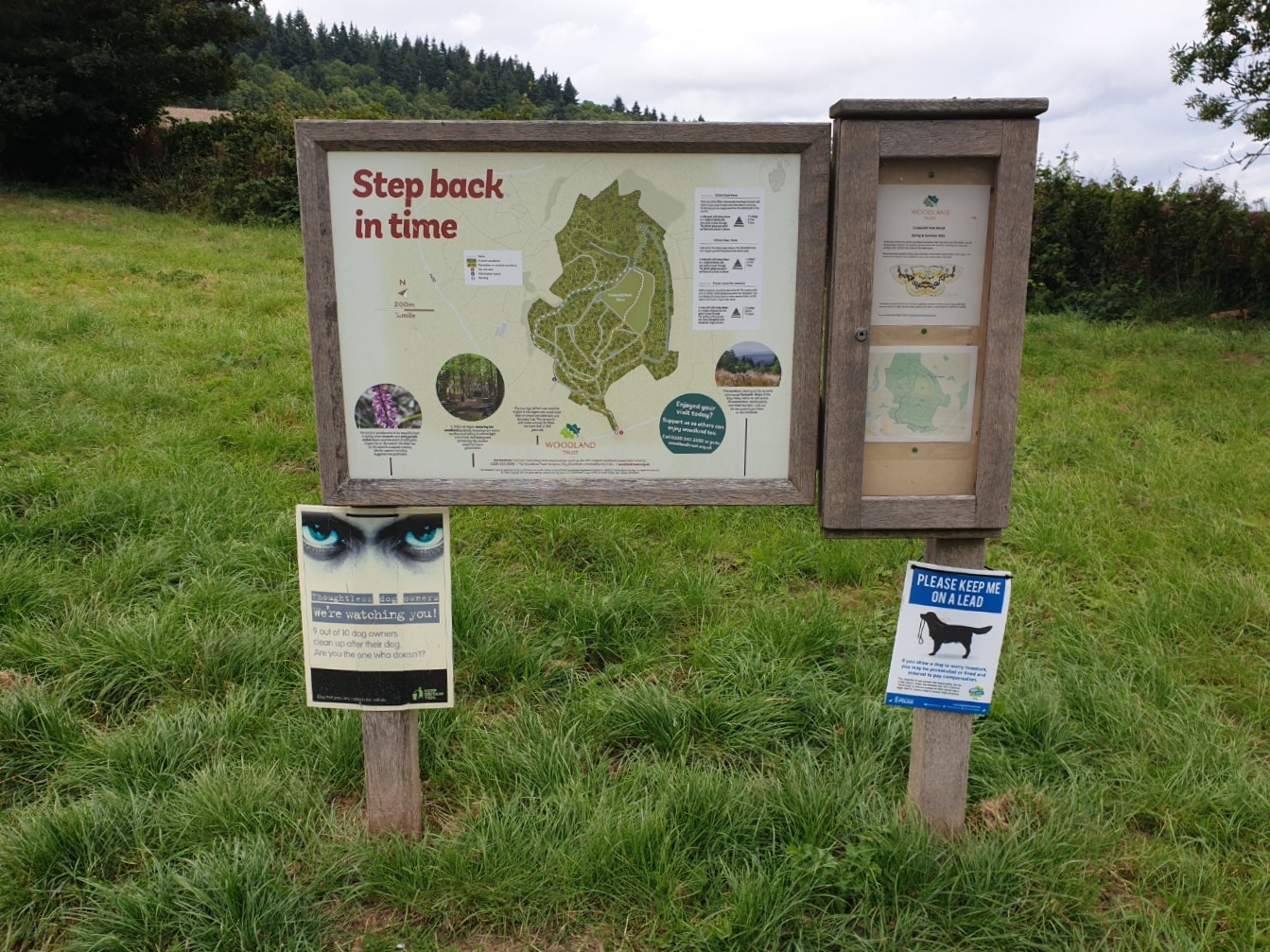
Credenhill Park Wood....Map
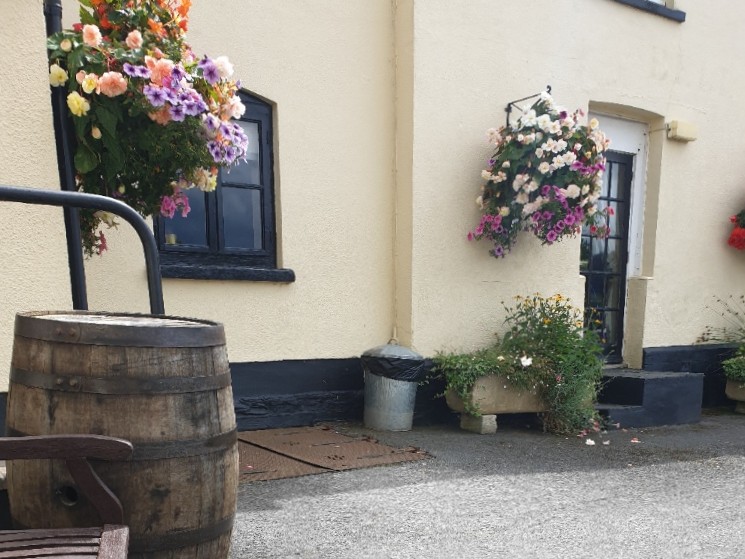

The Bell Inn, Tillington....Map
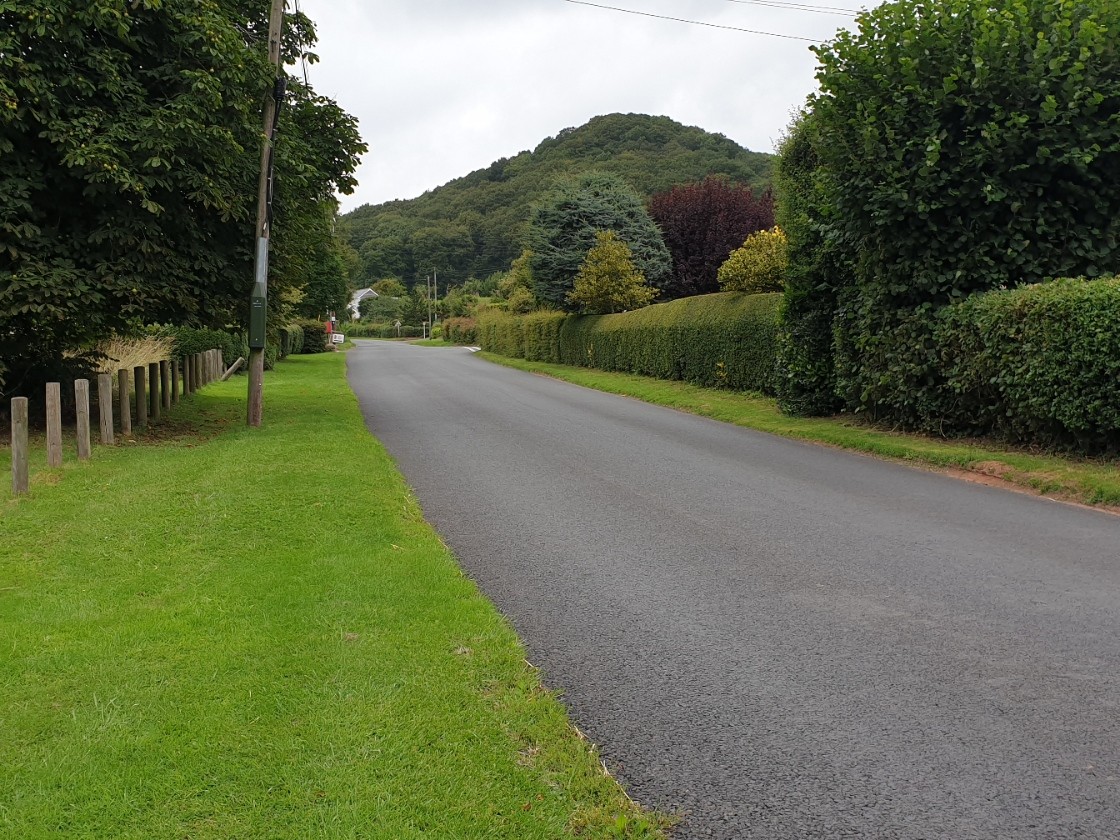
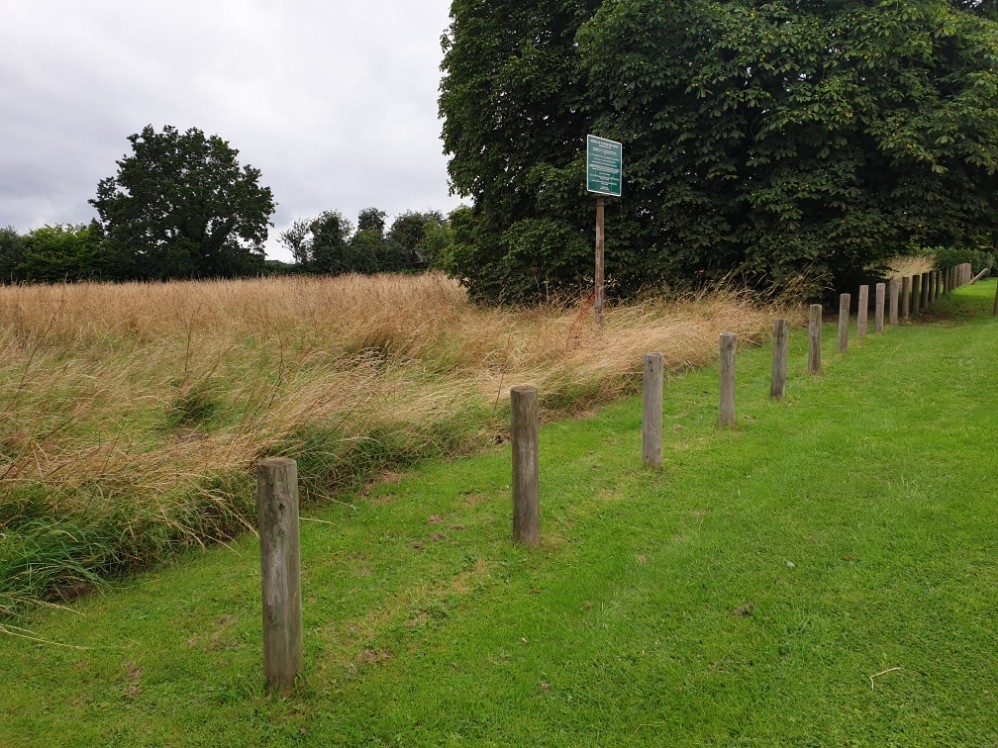
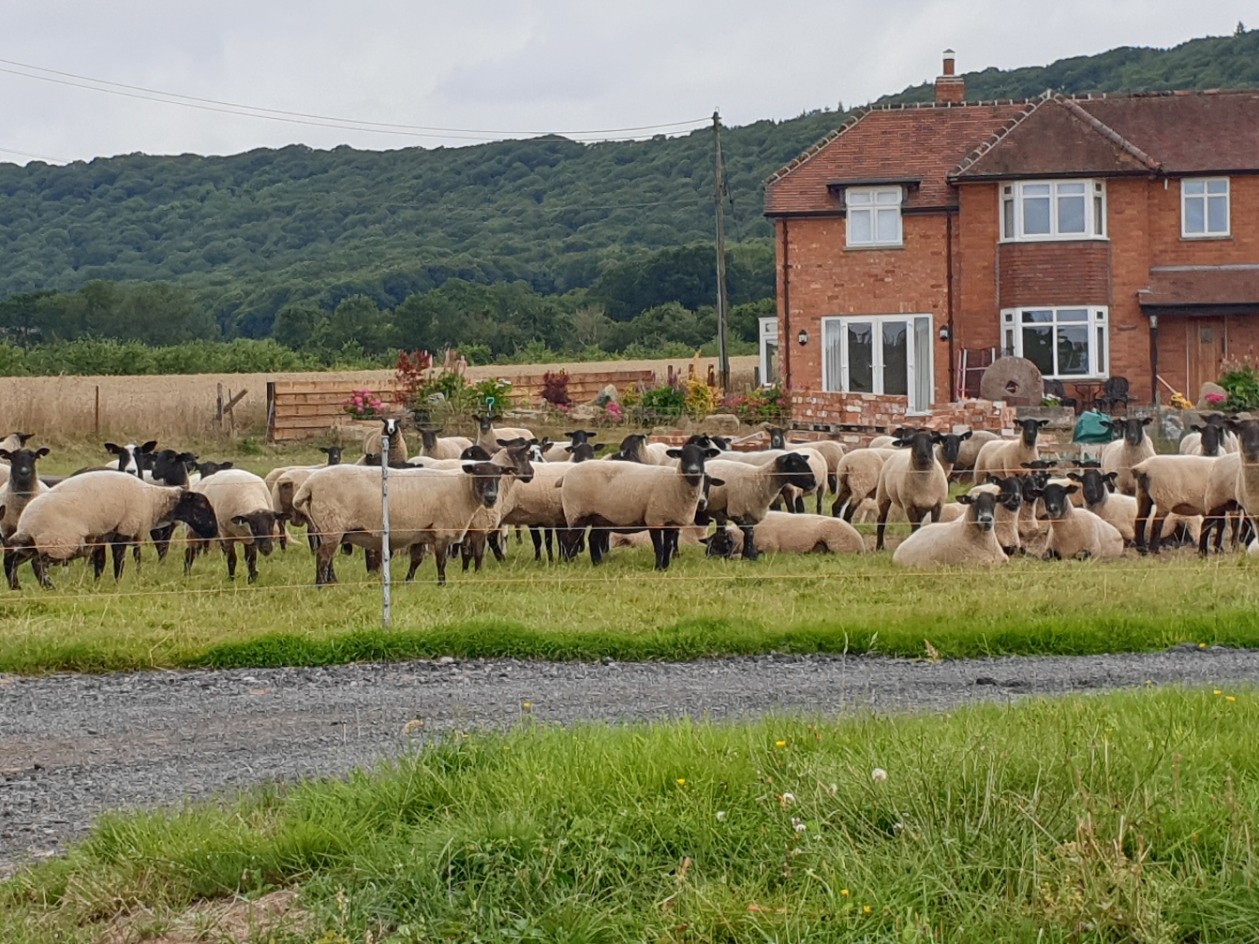
Tillington Common and Badnage Wood....Map
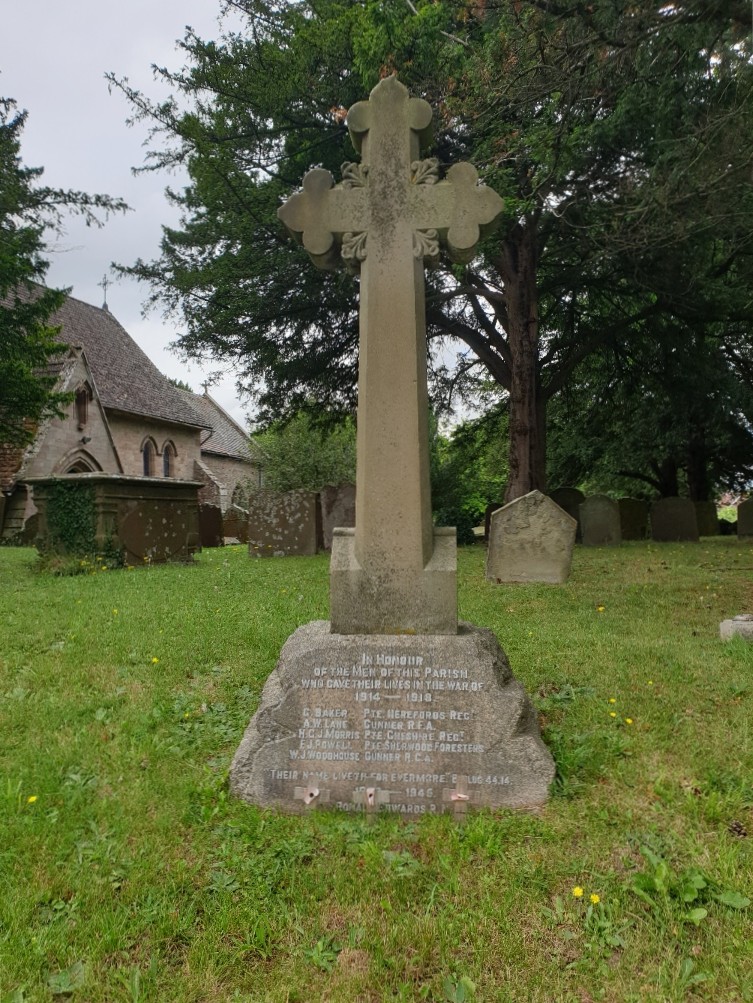
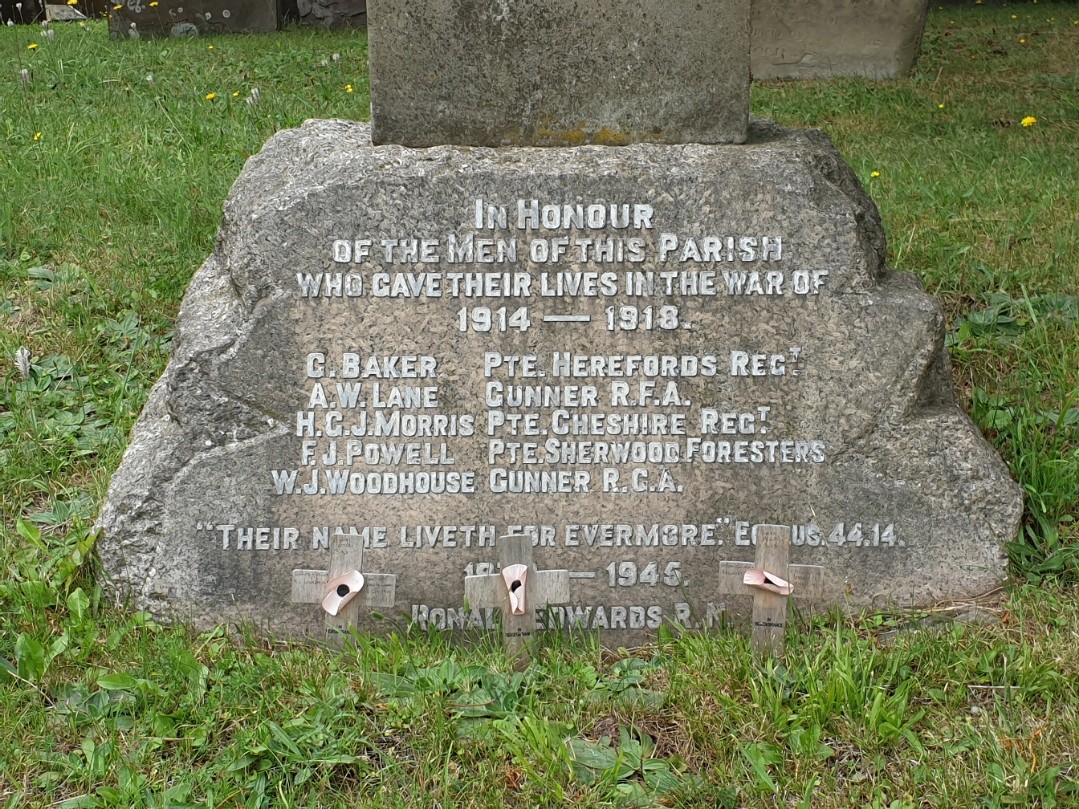
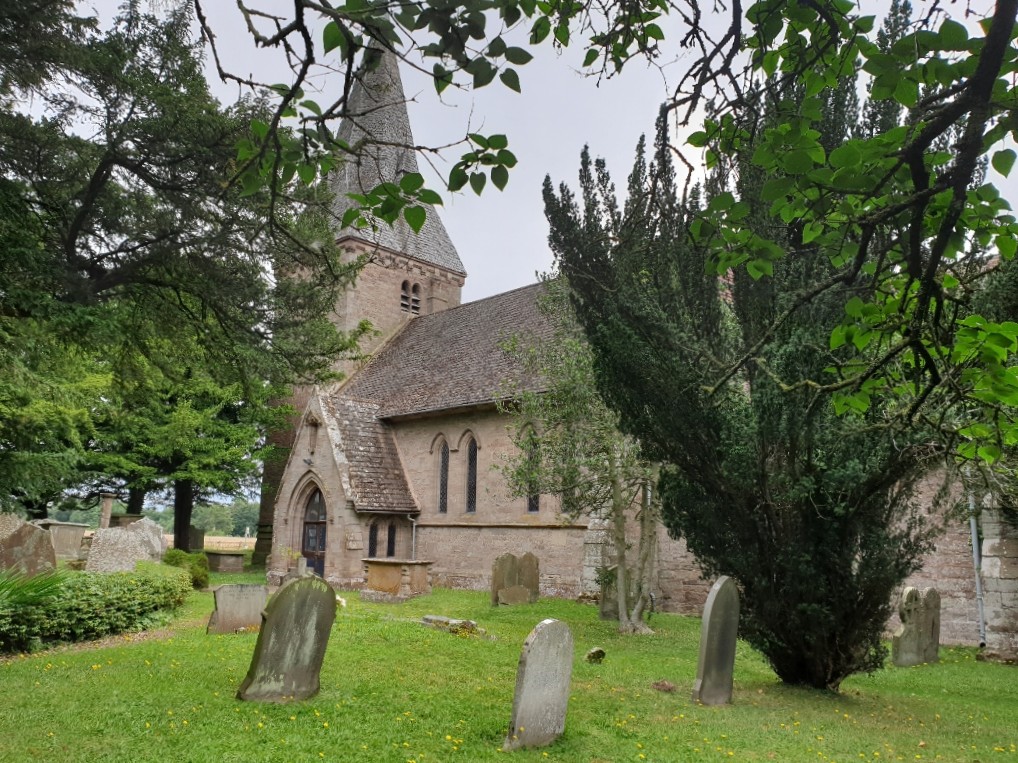
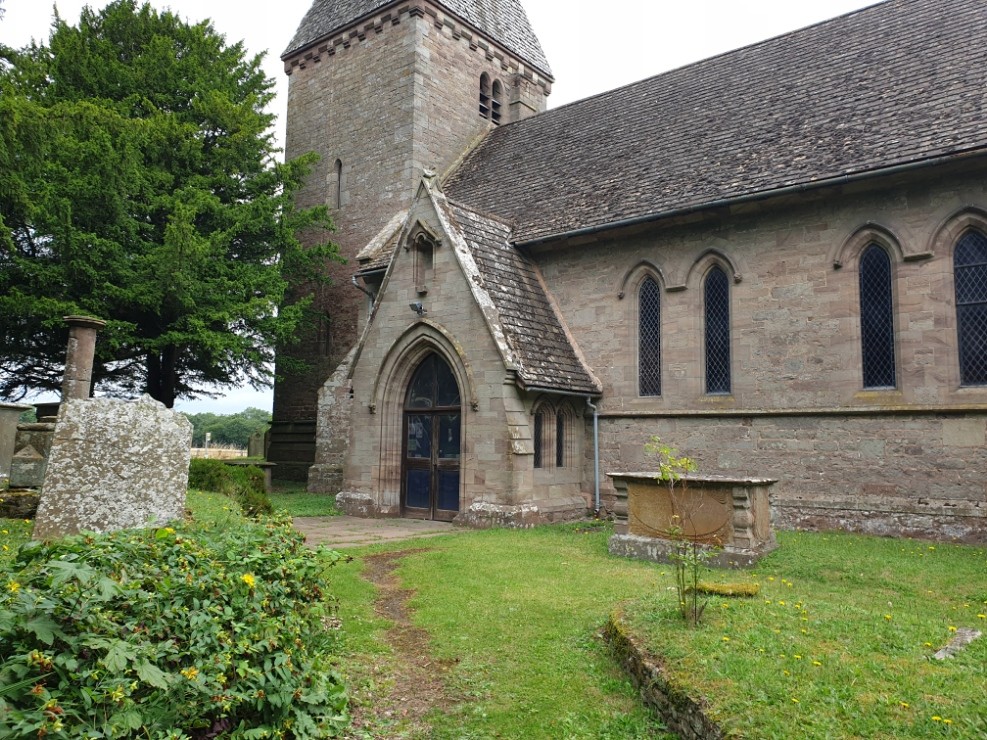
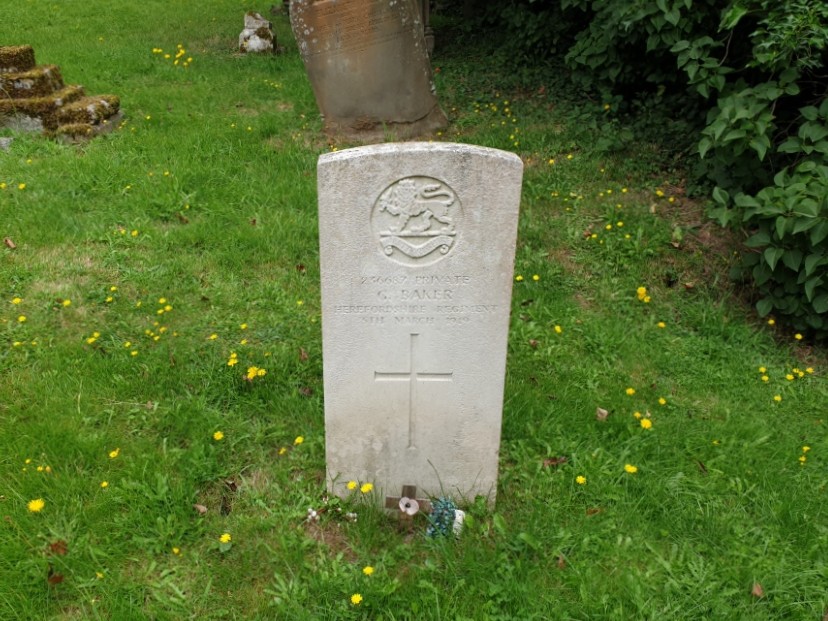
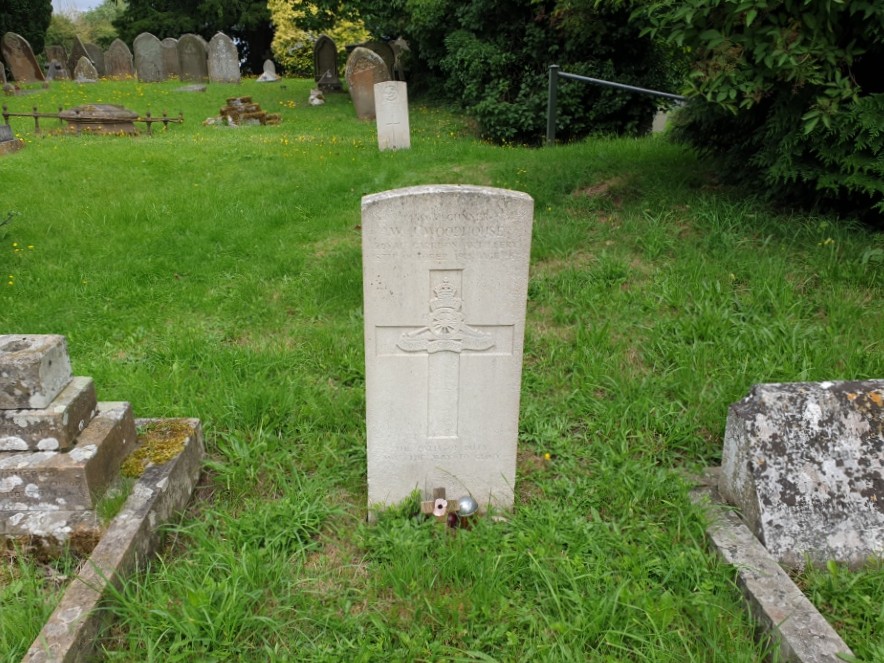
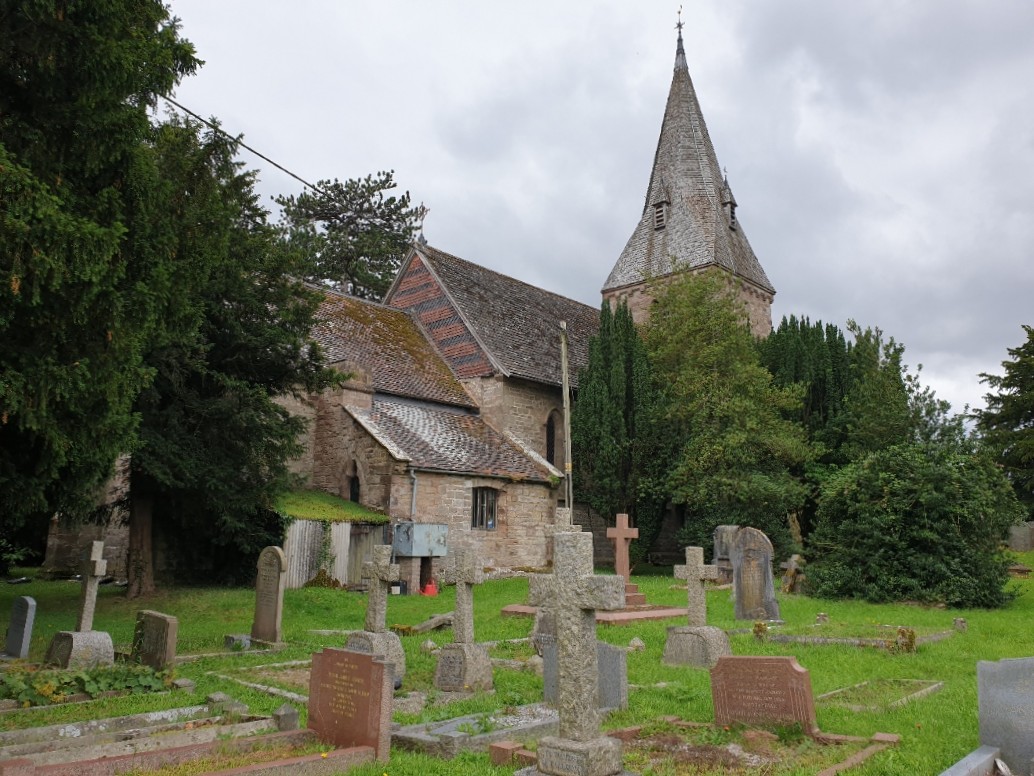
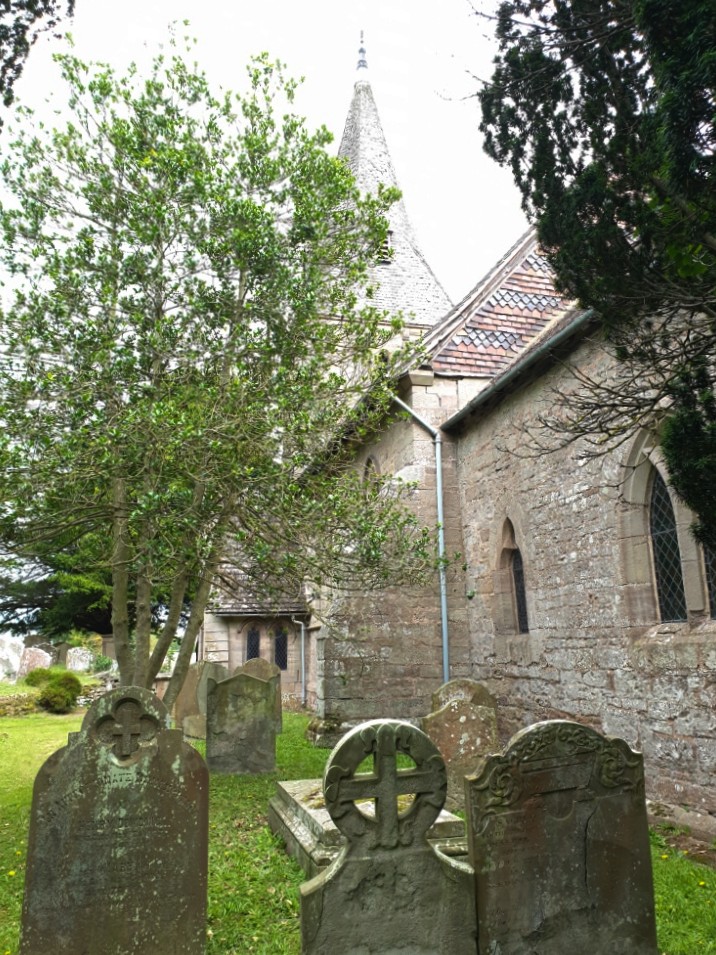
Church of St Peter, Pipe-cum-Lyde....Map